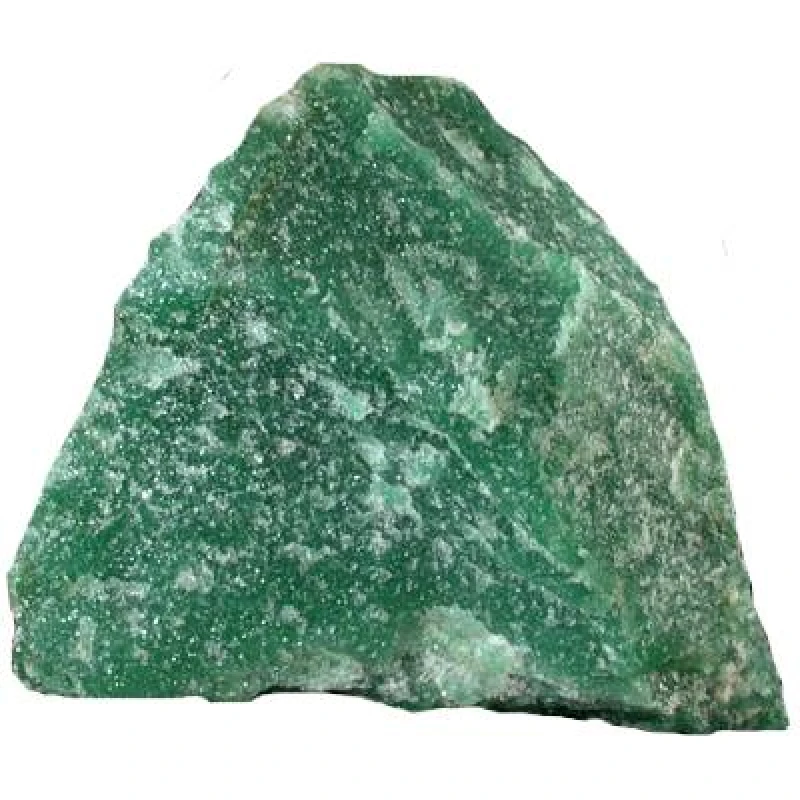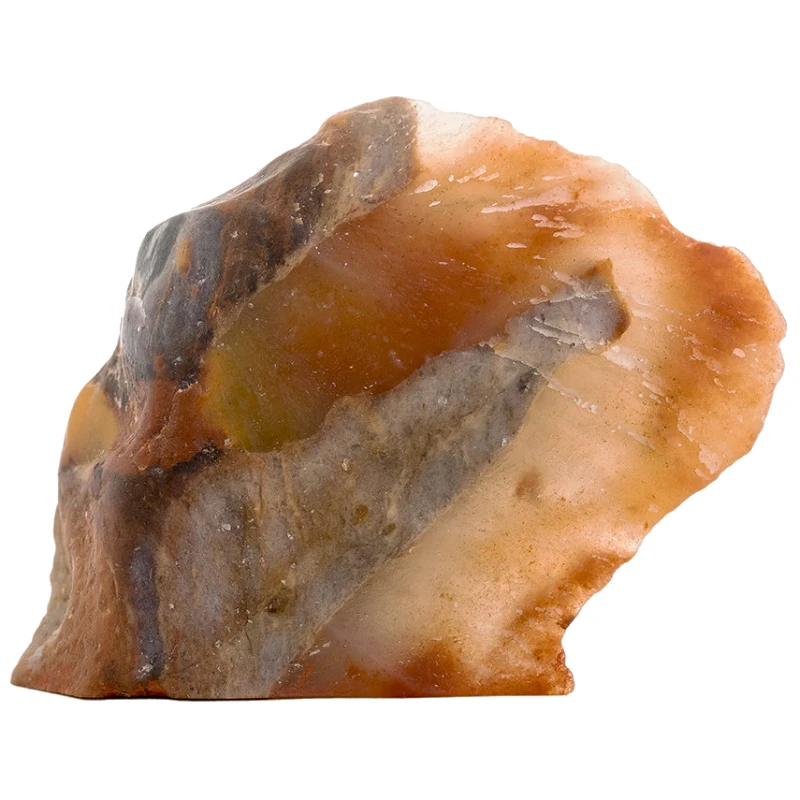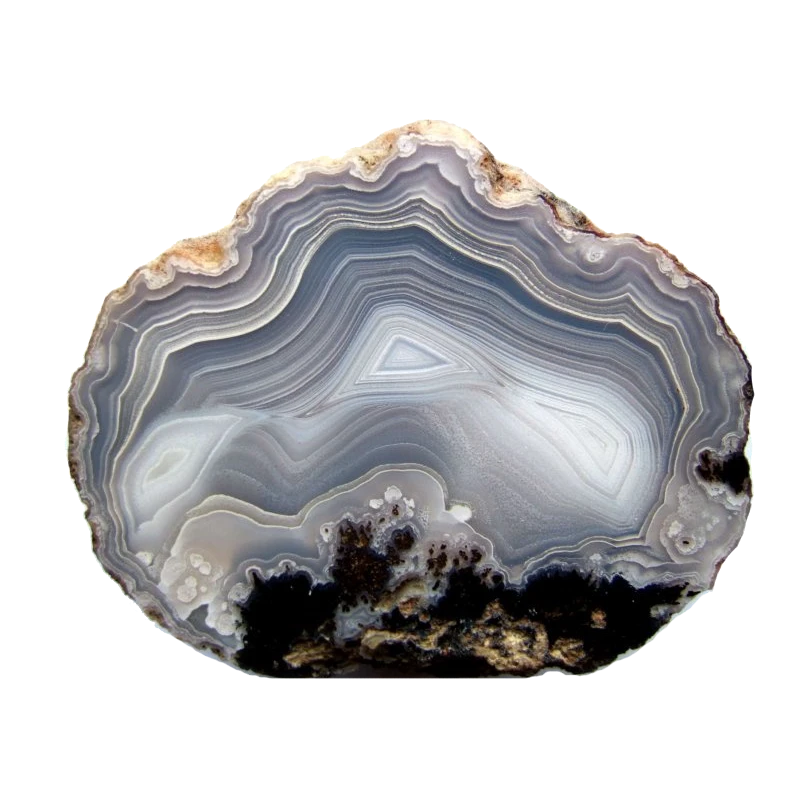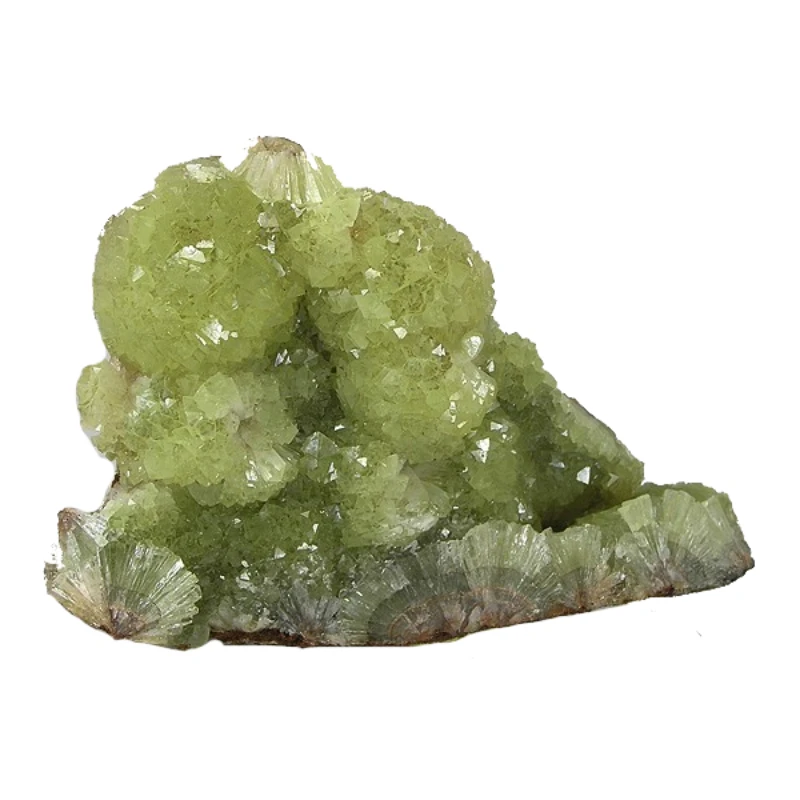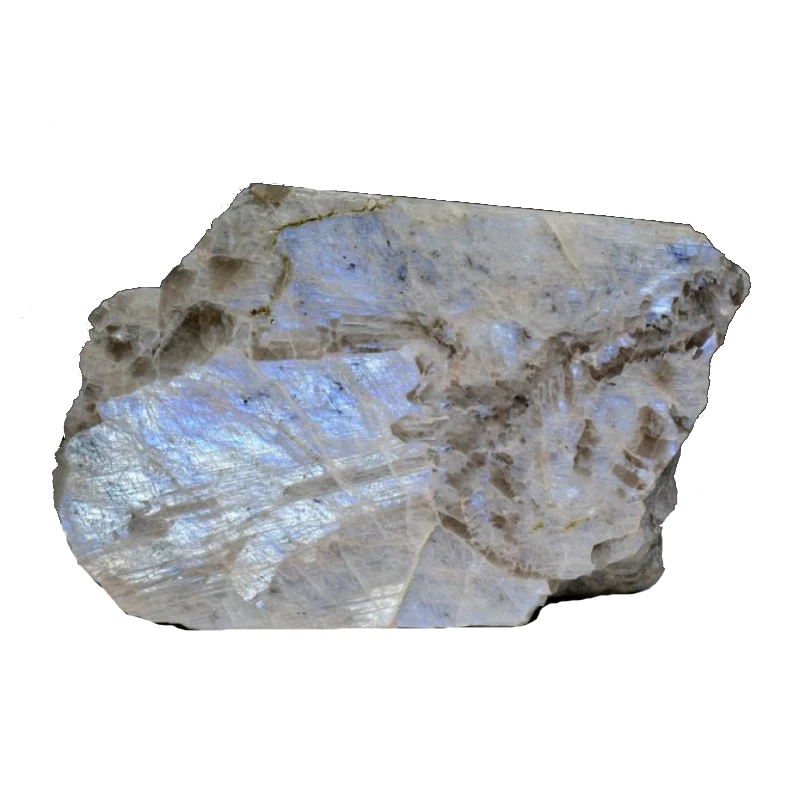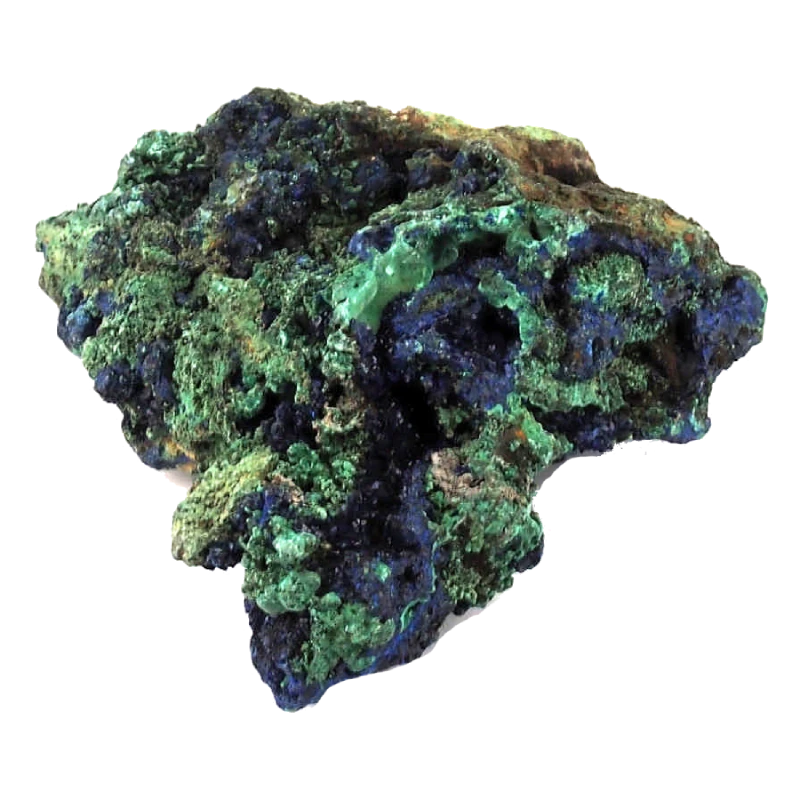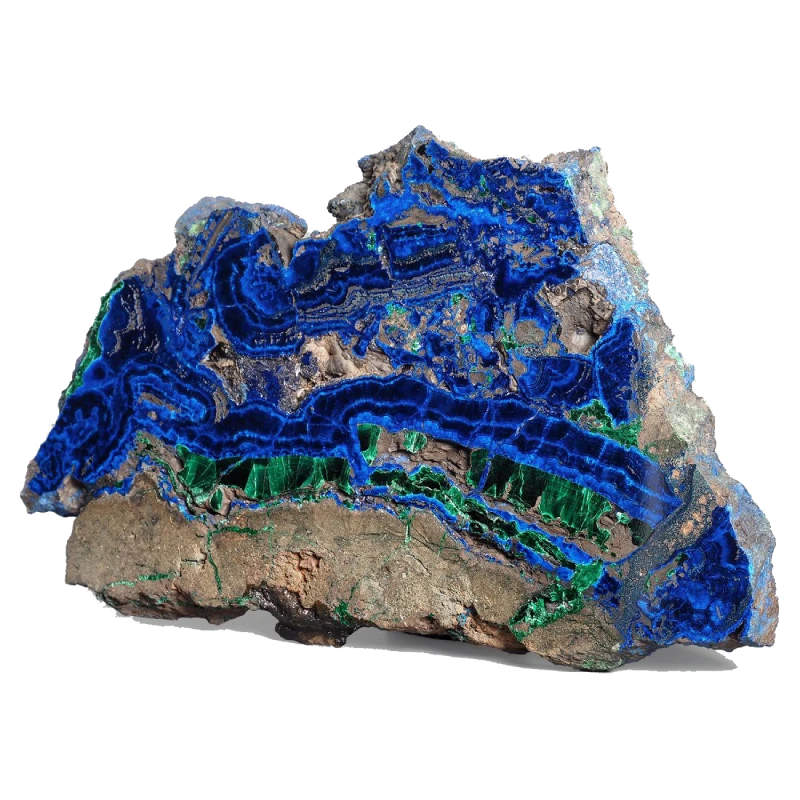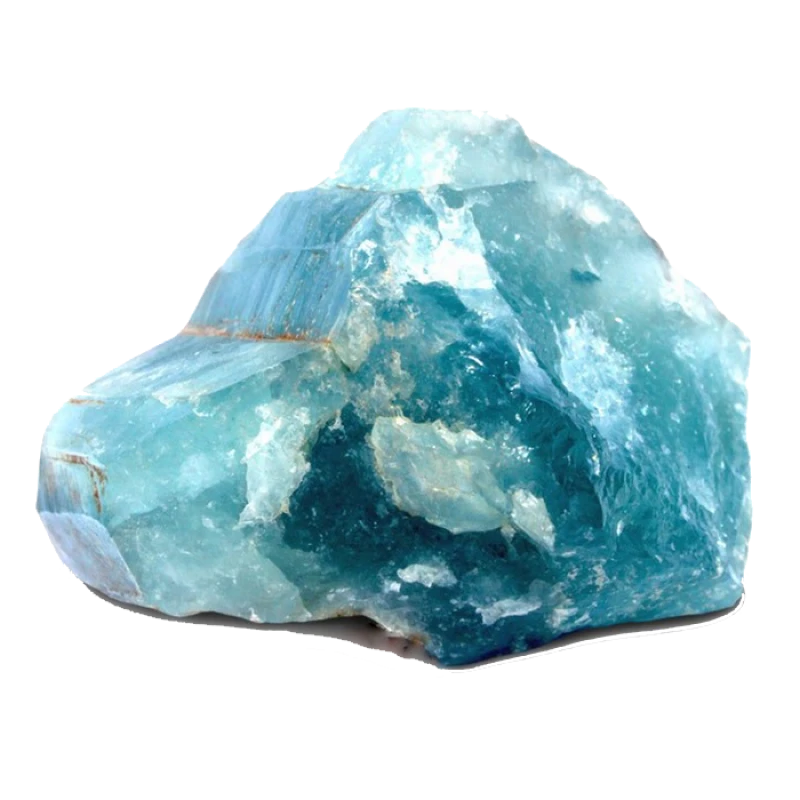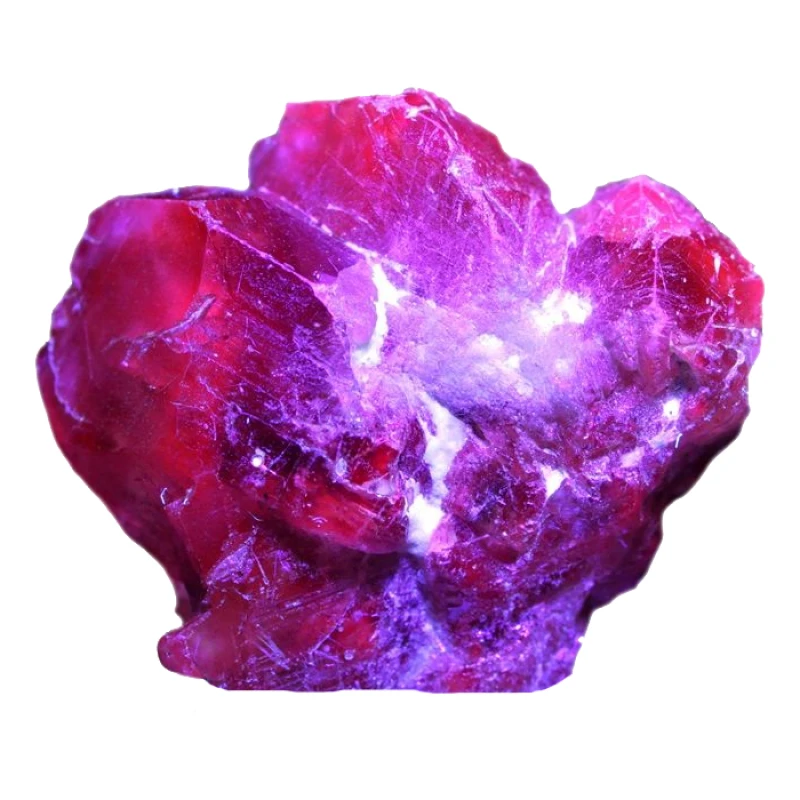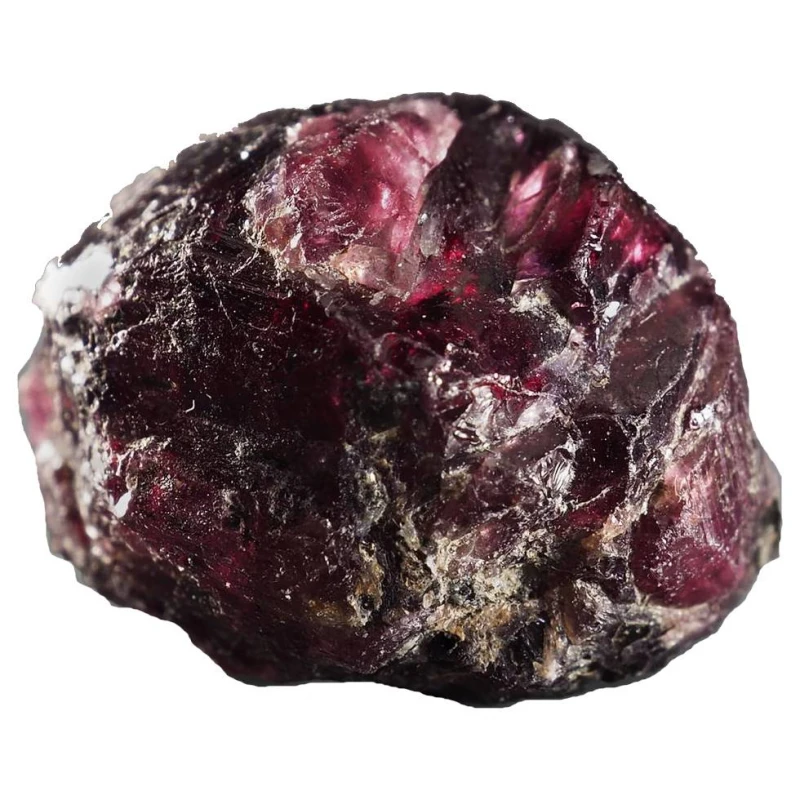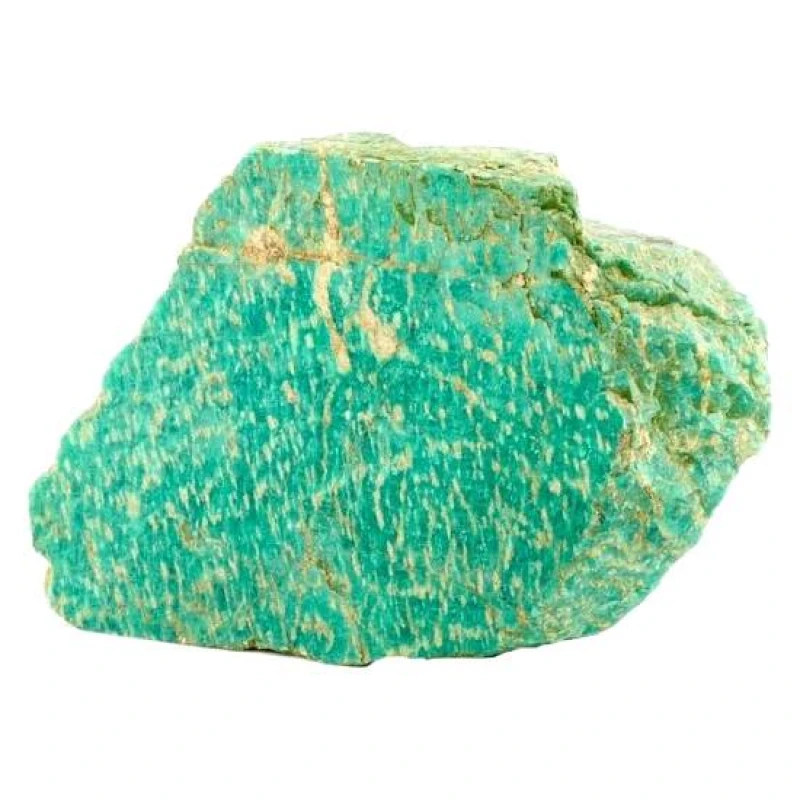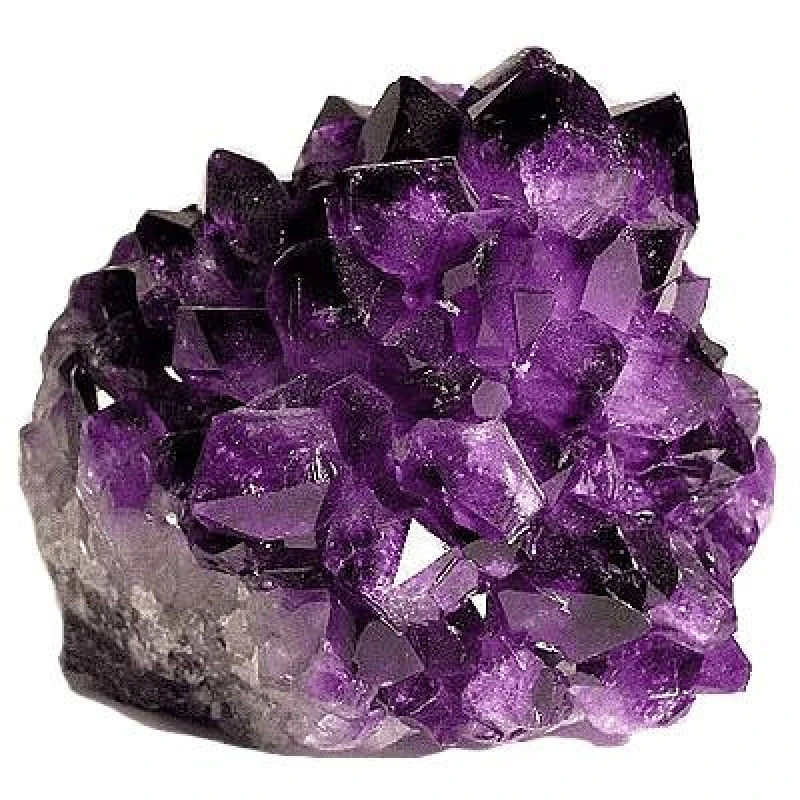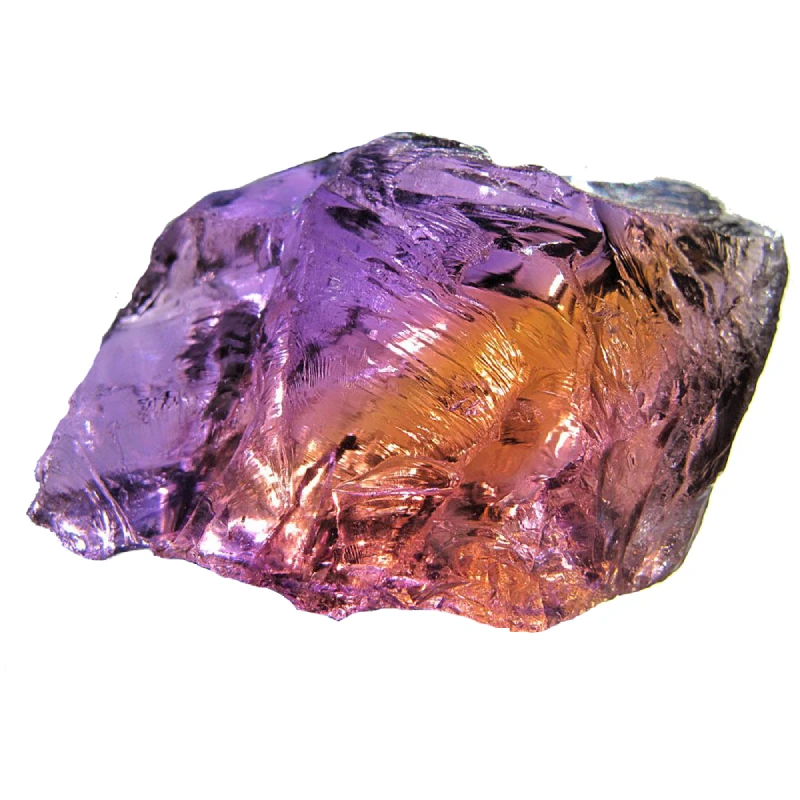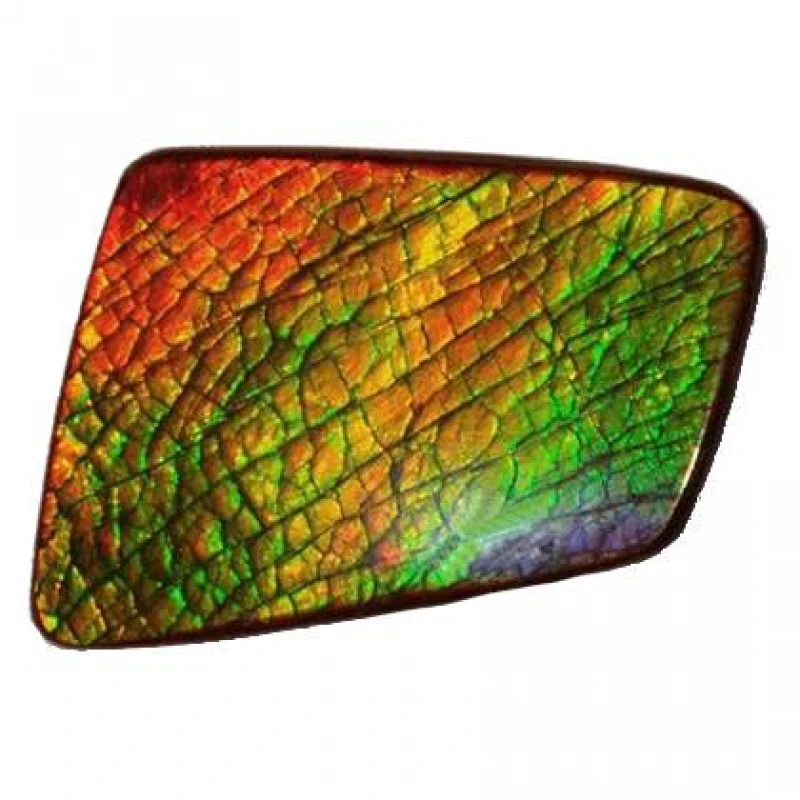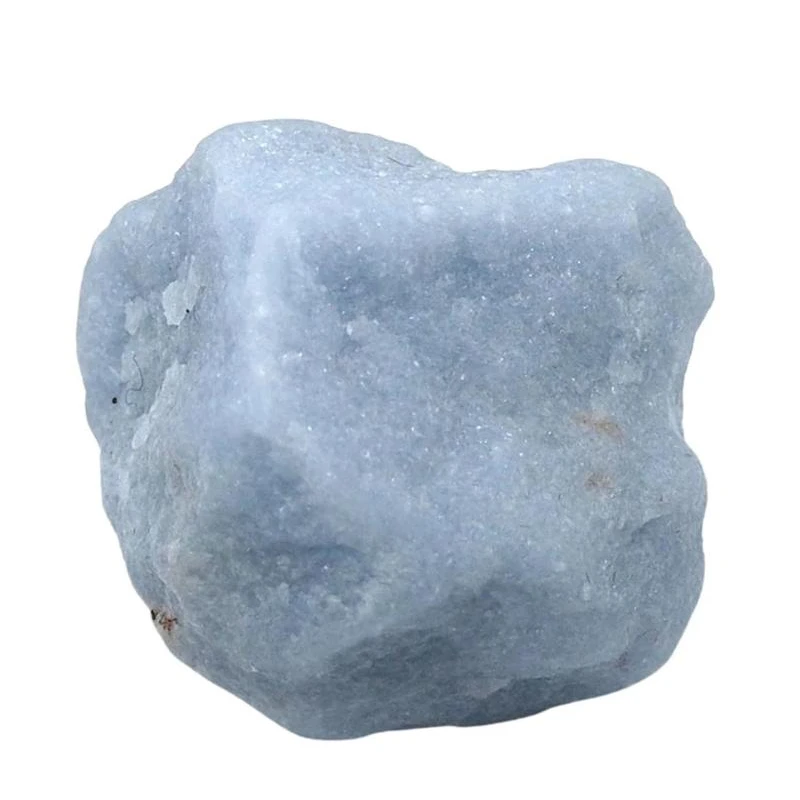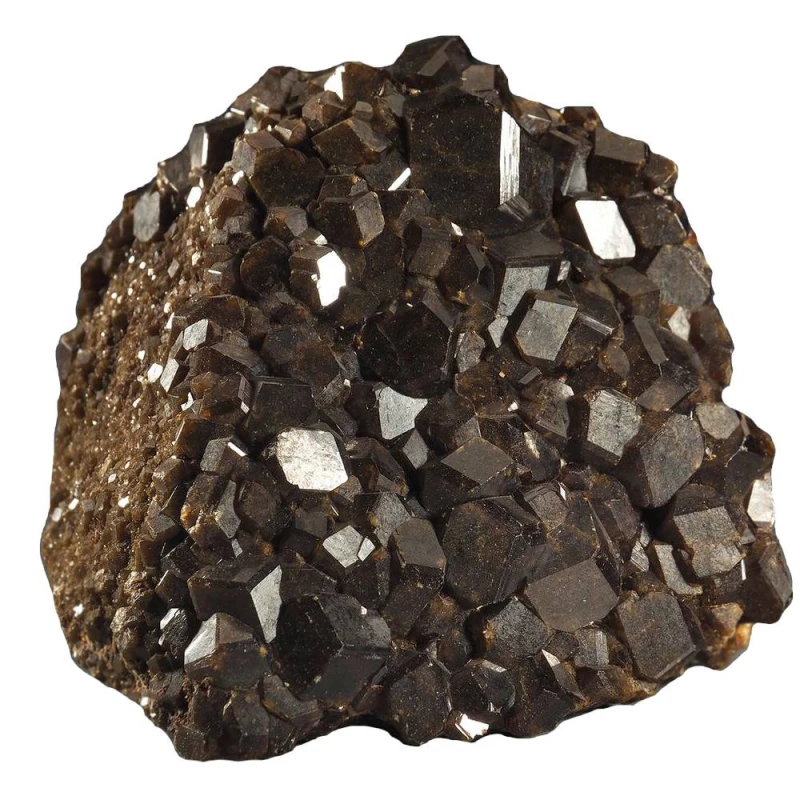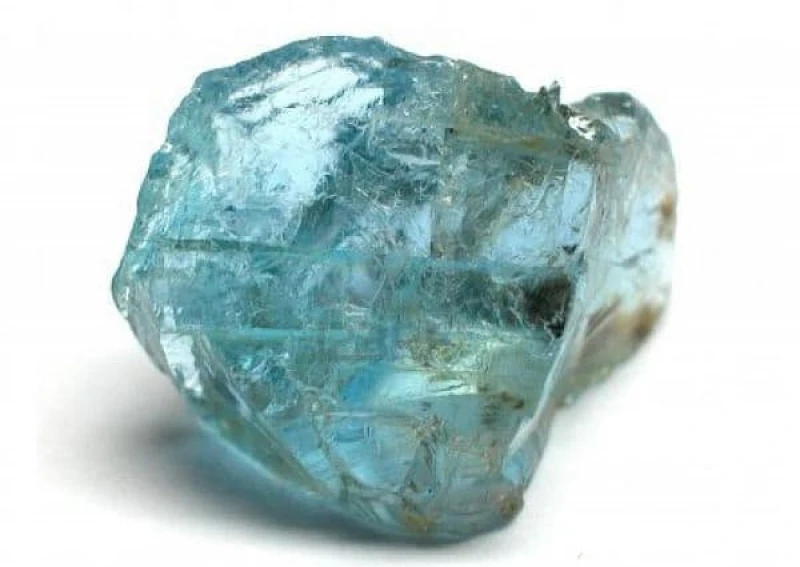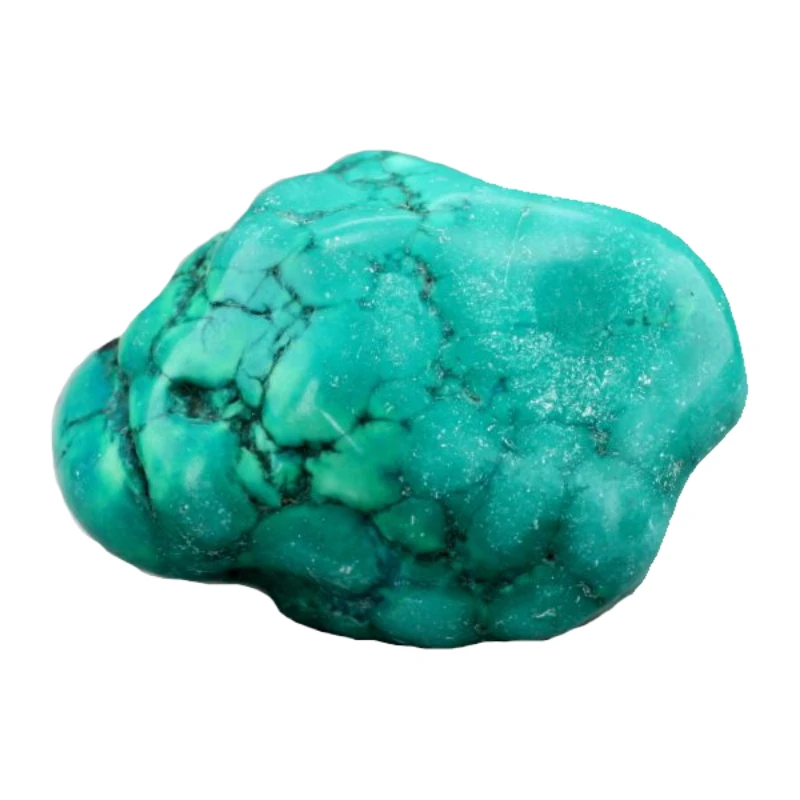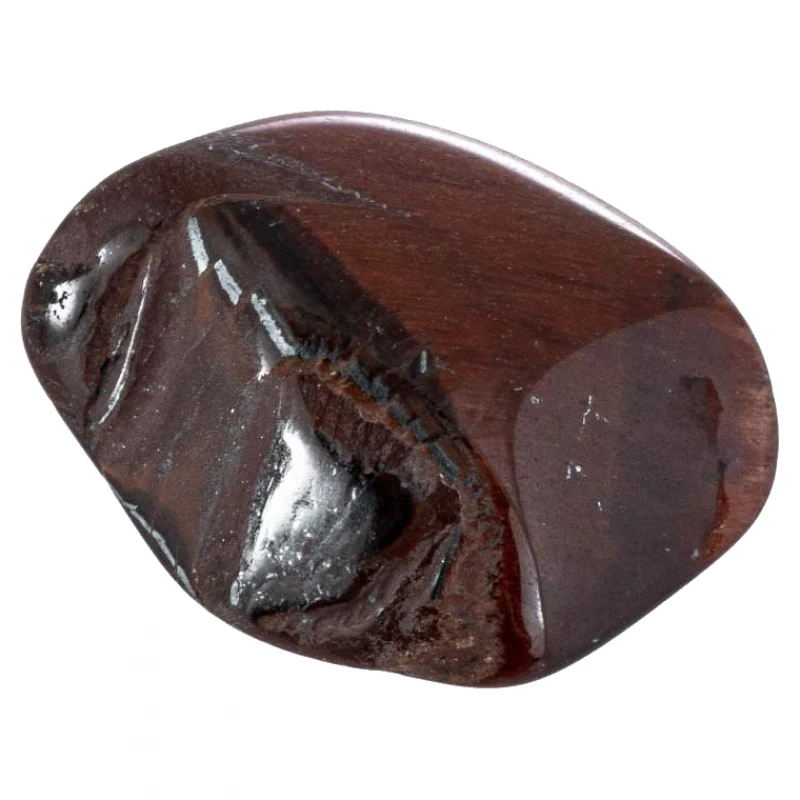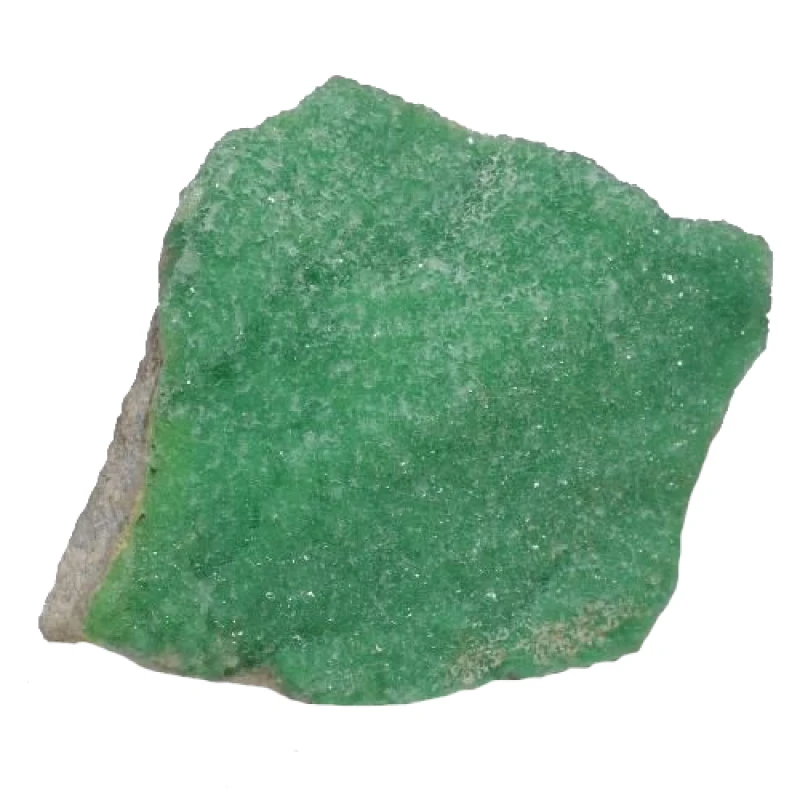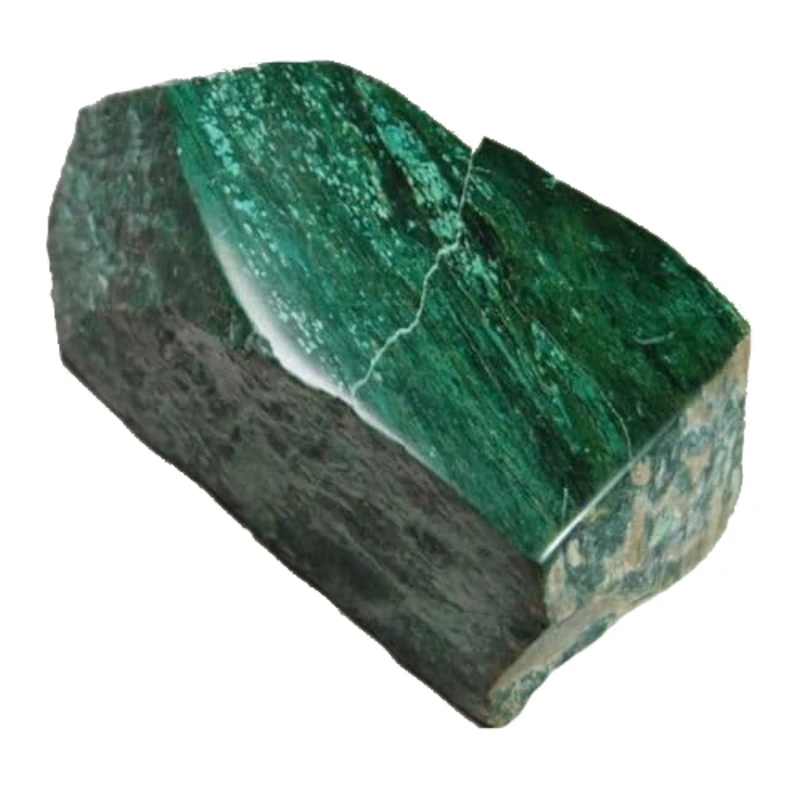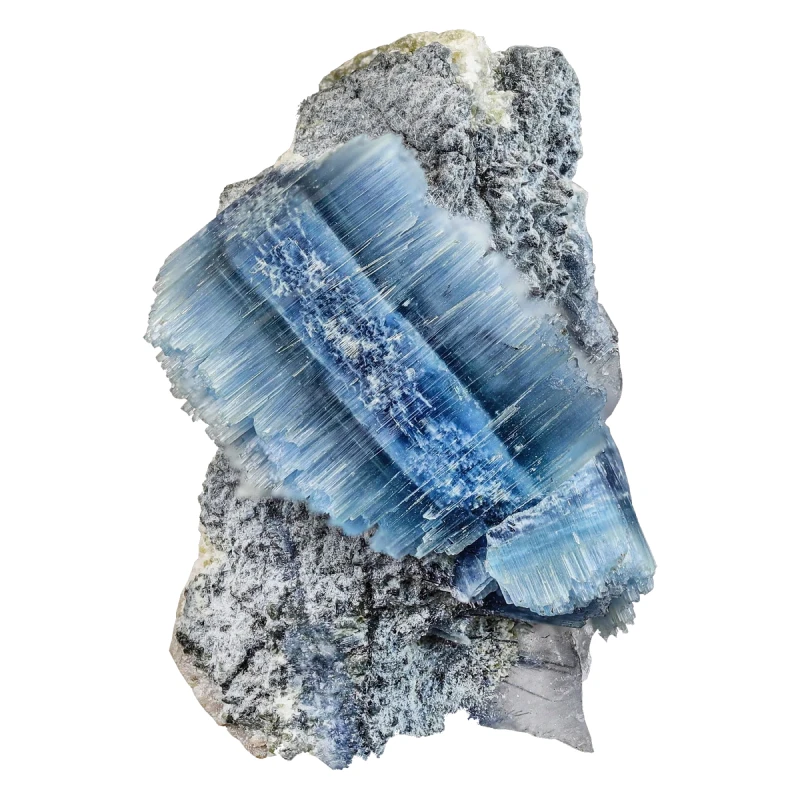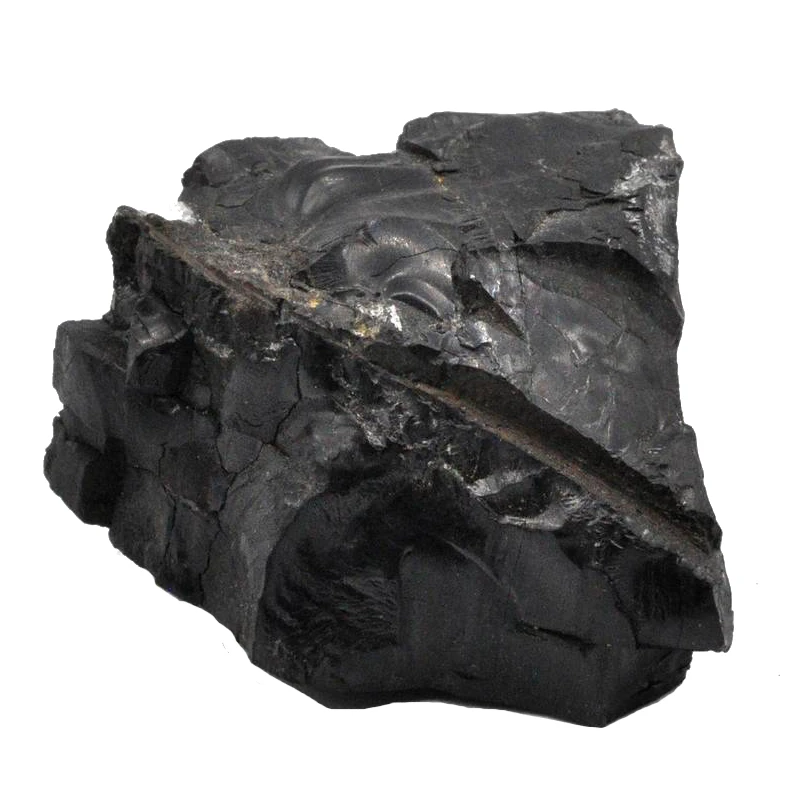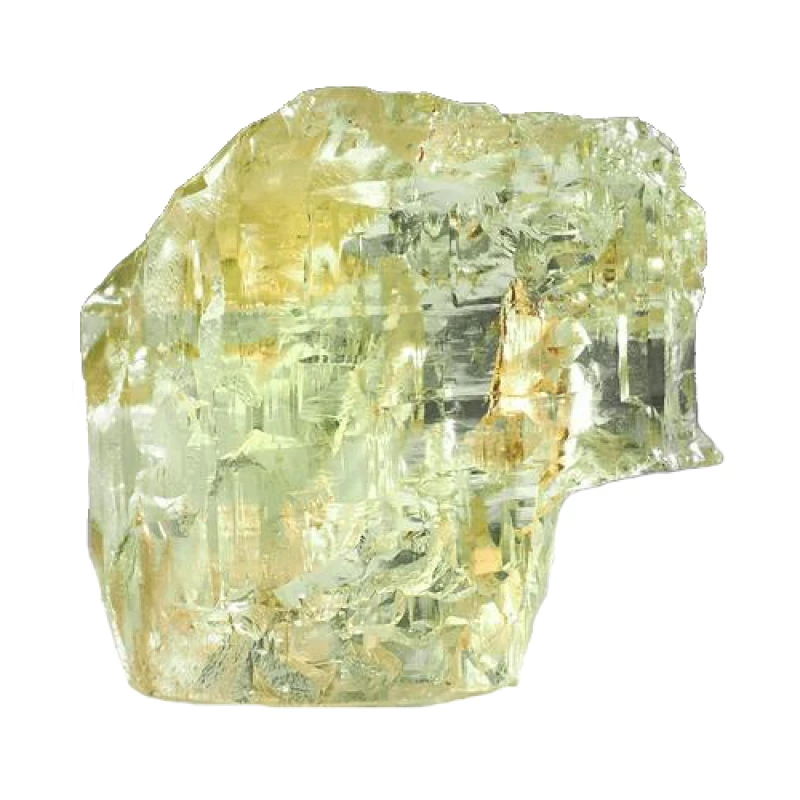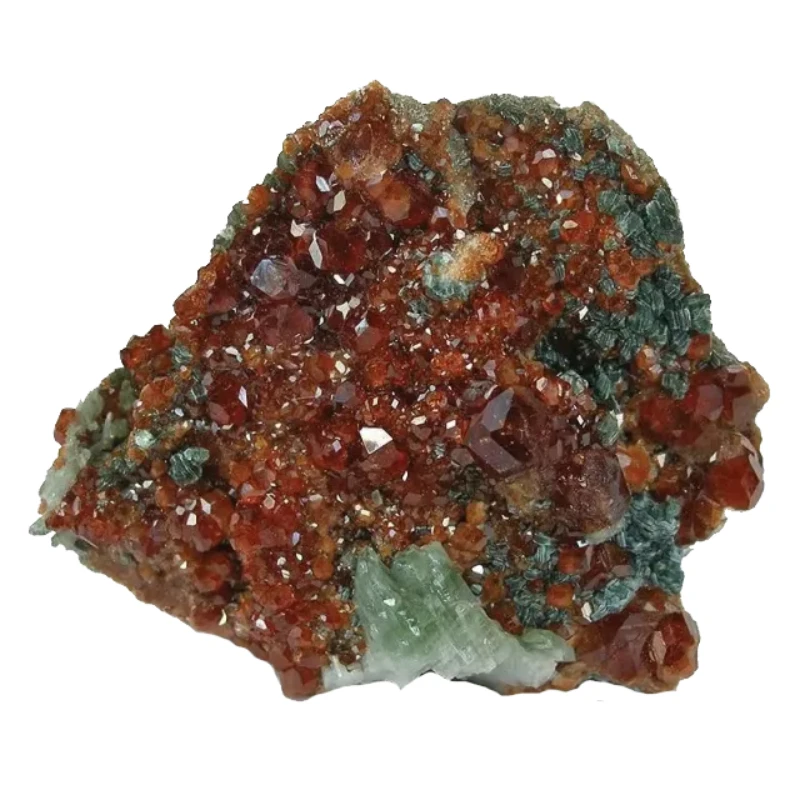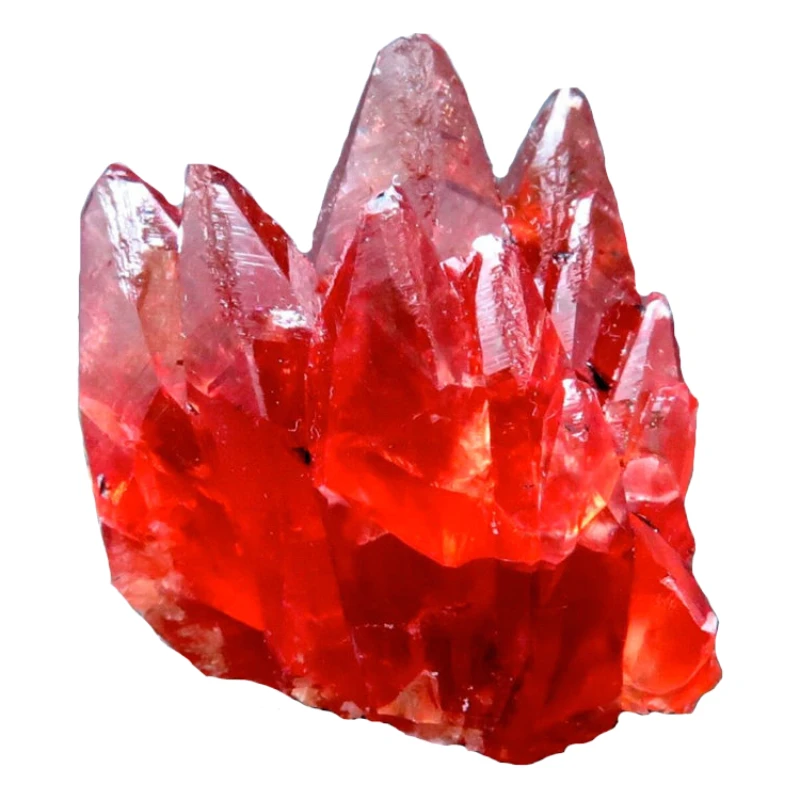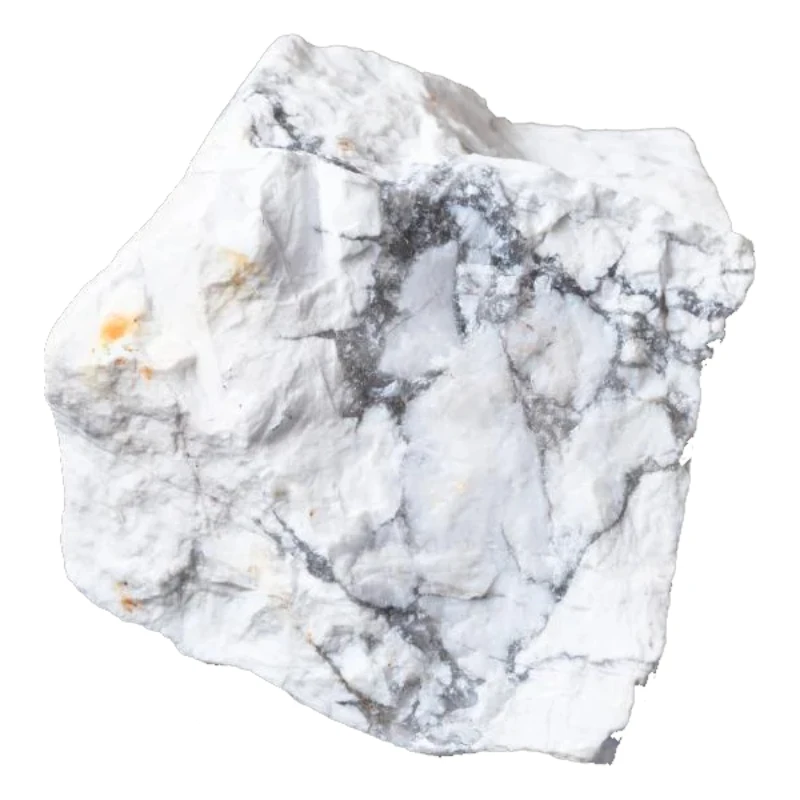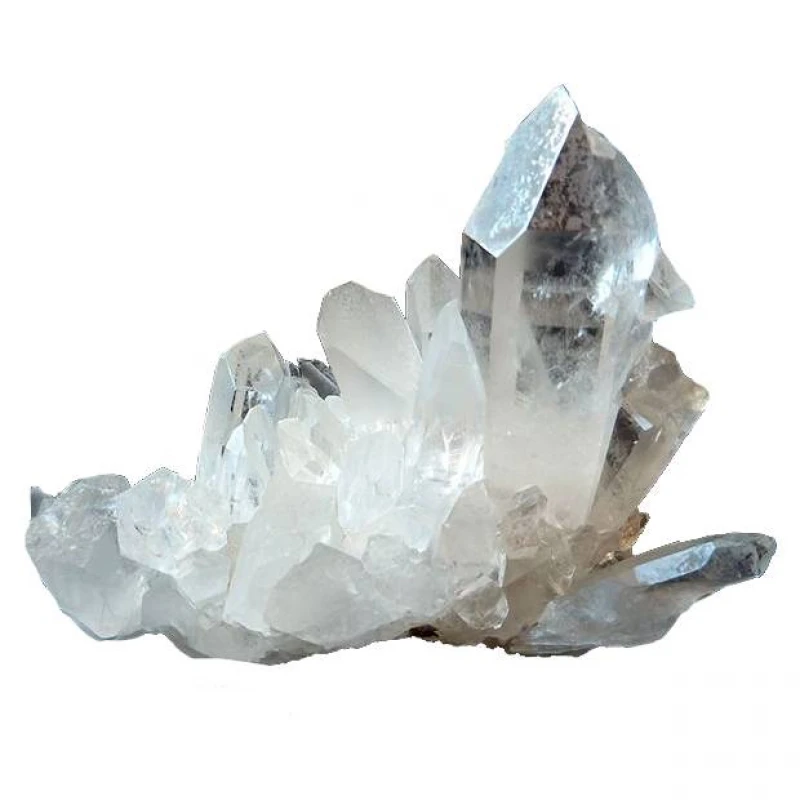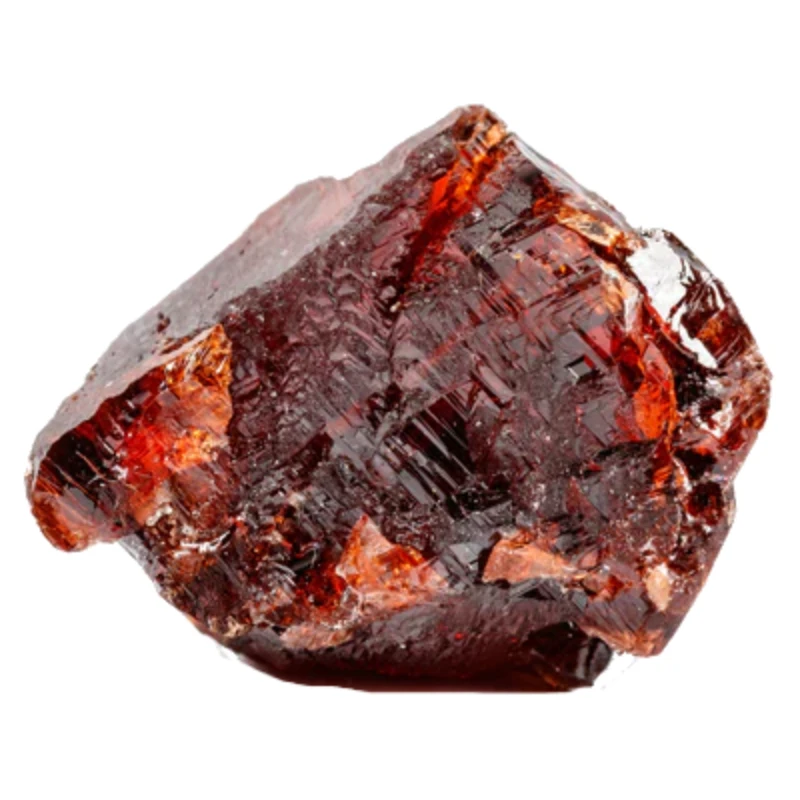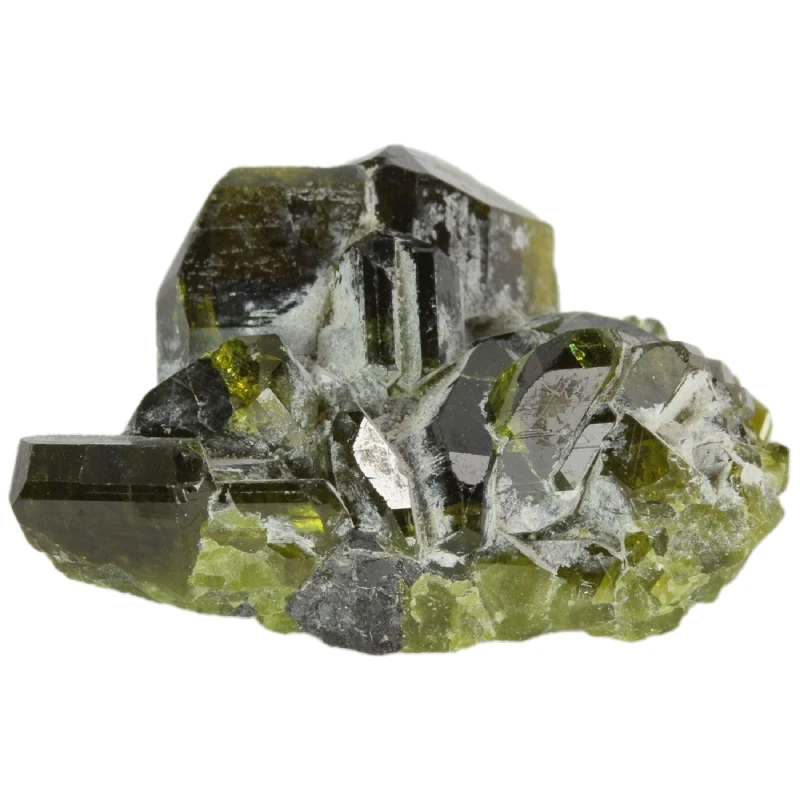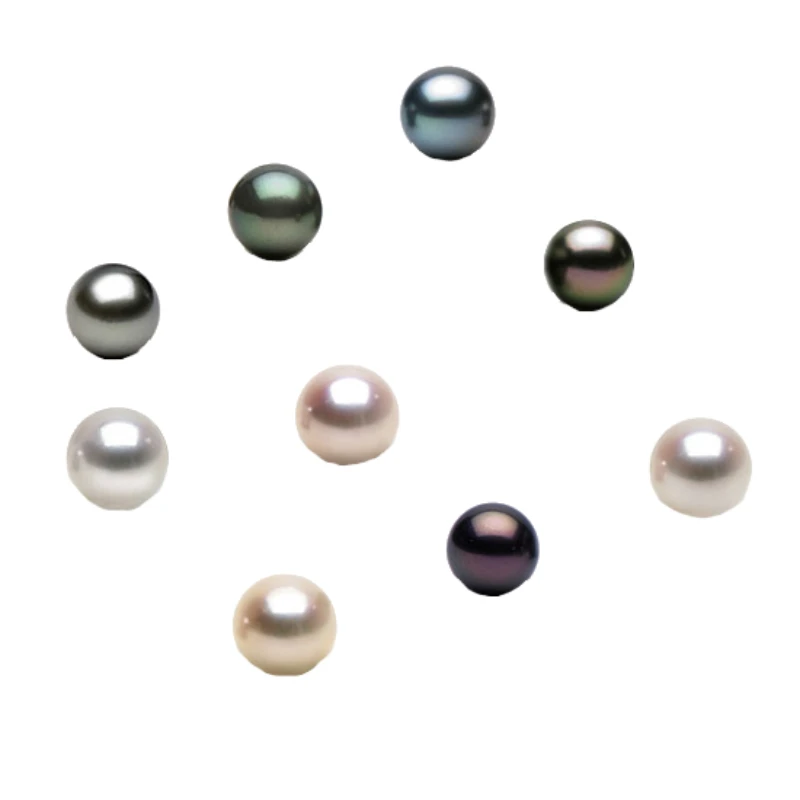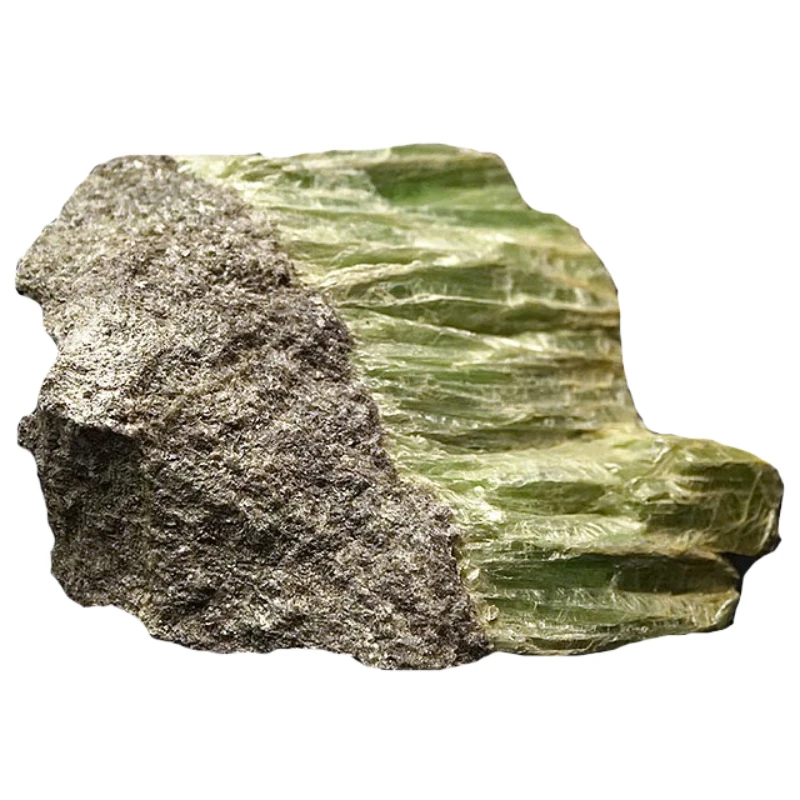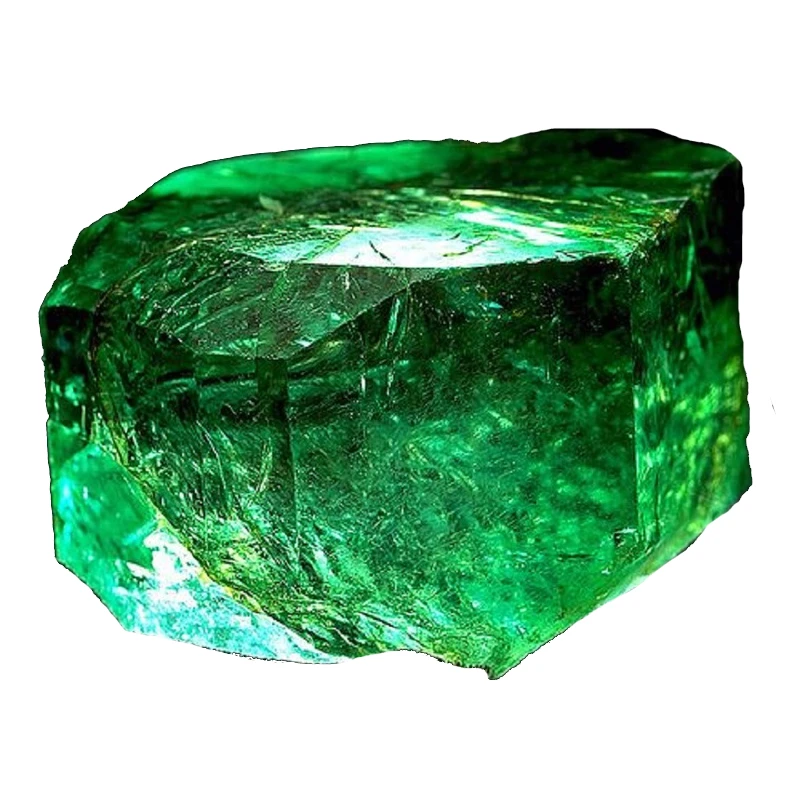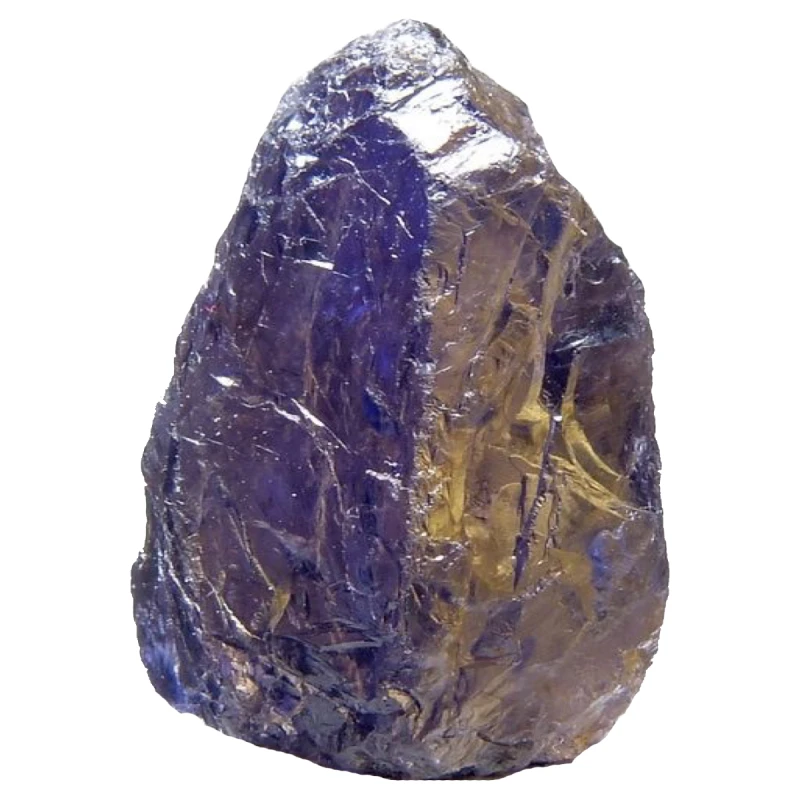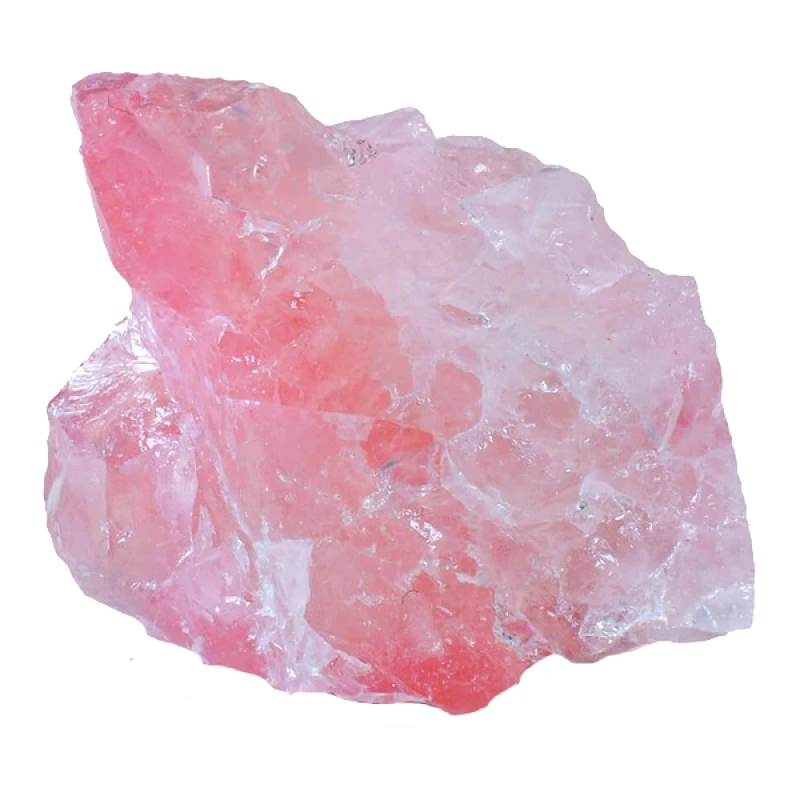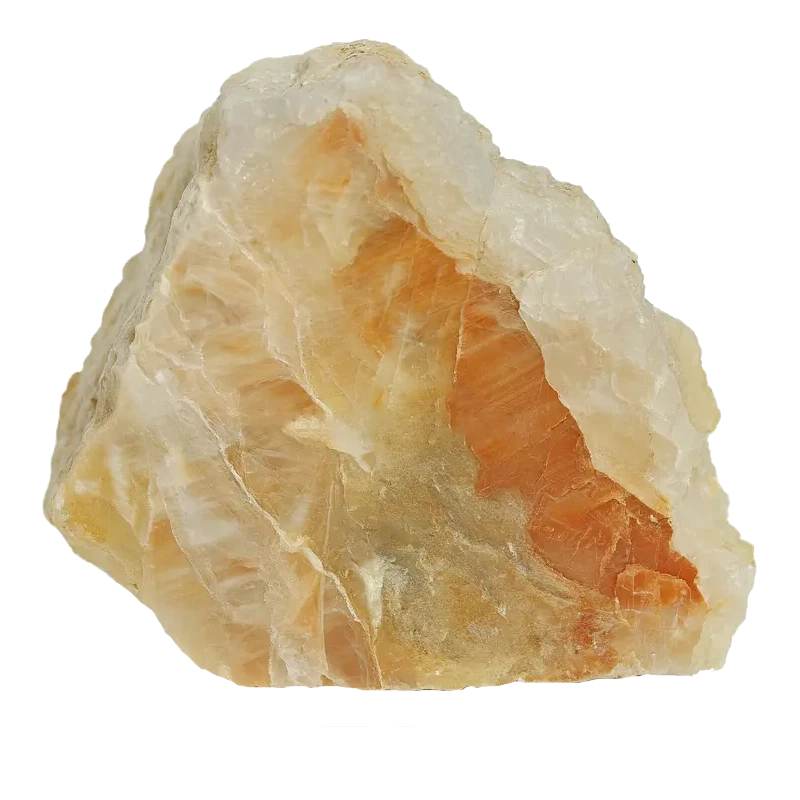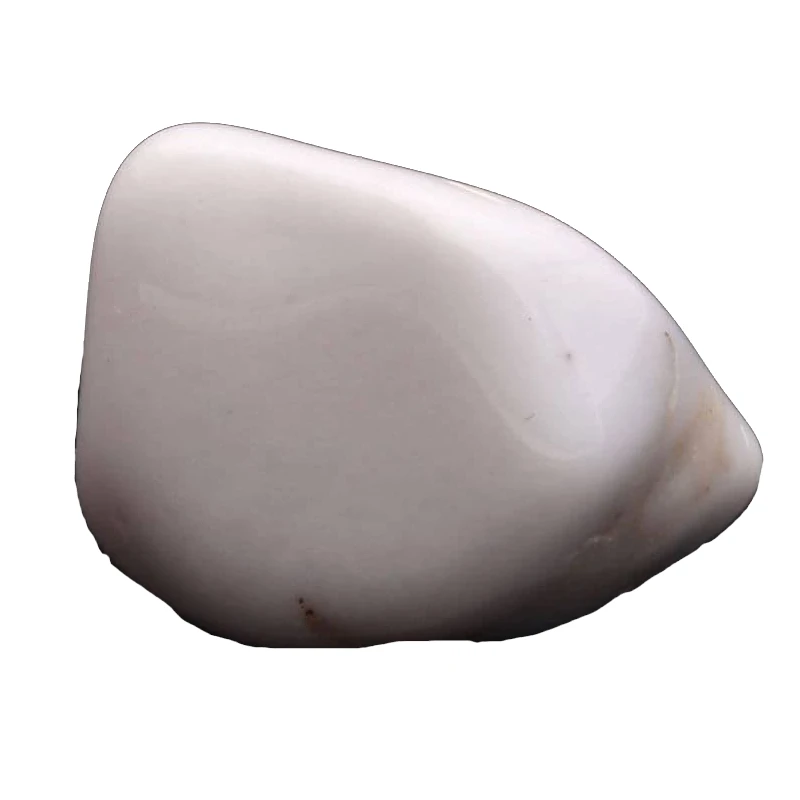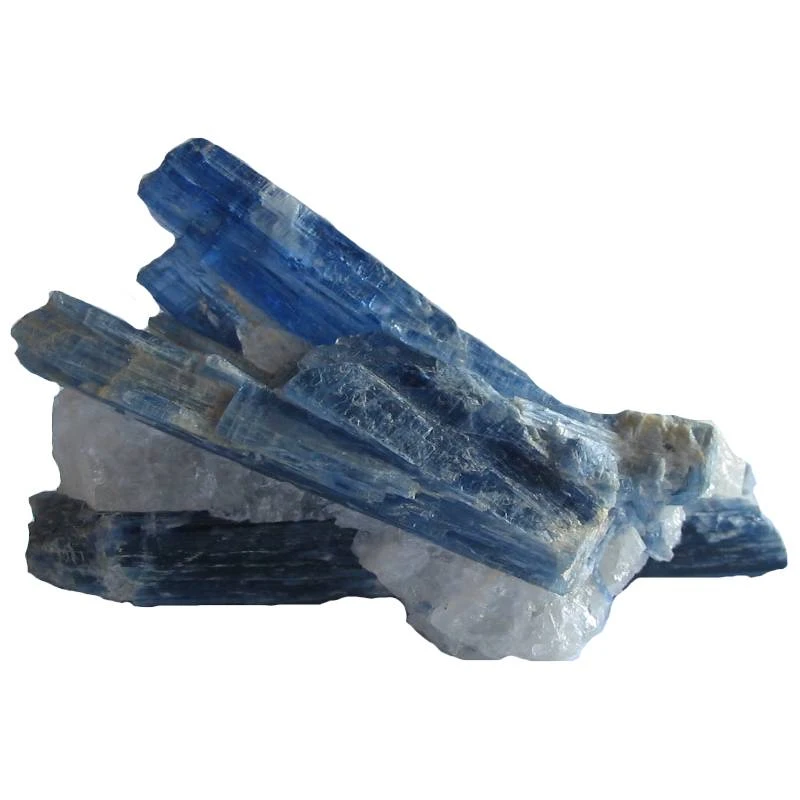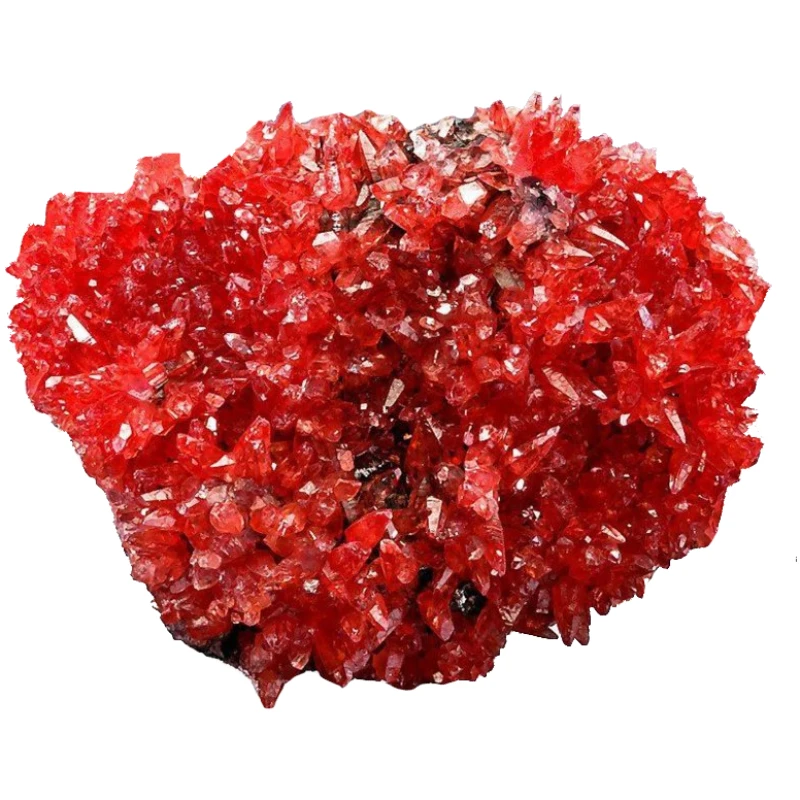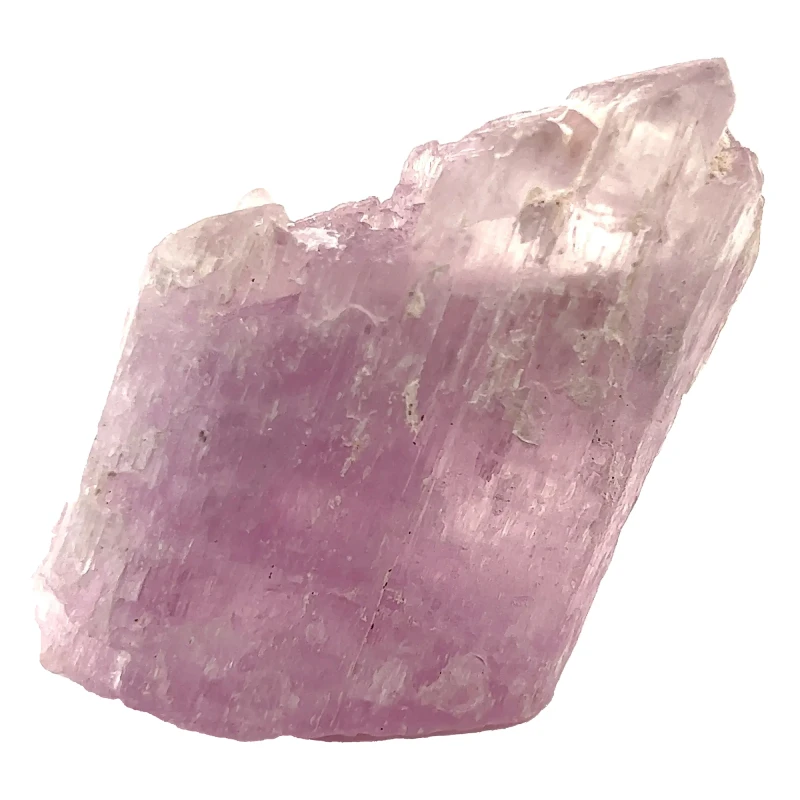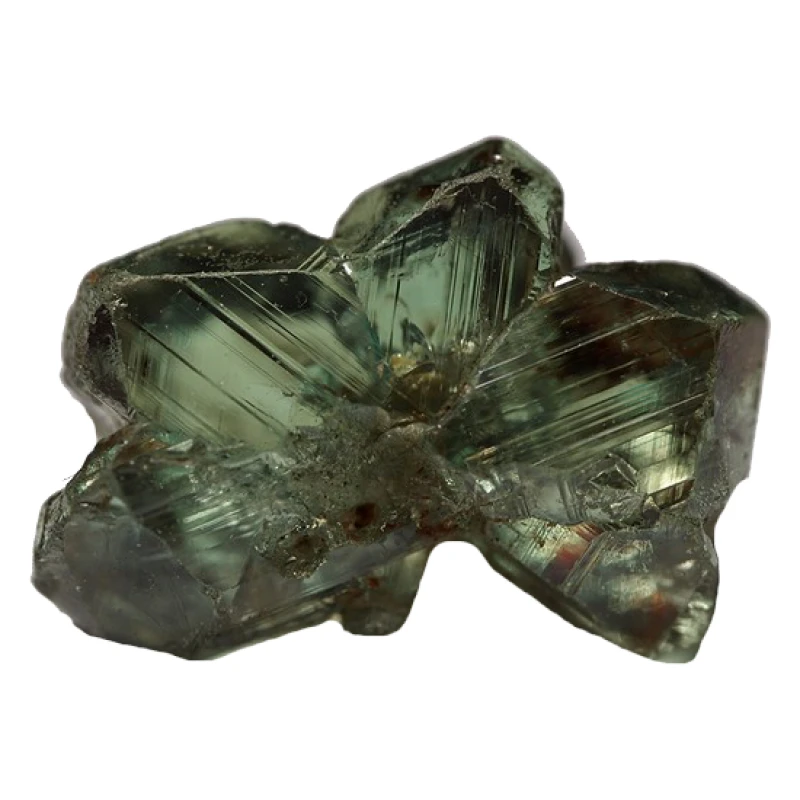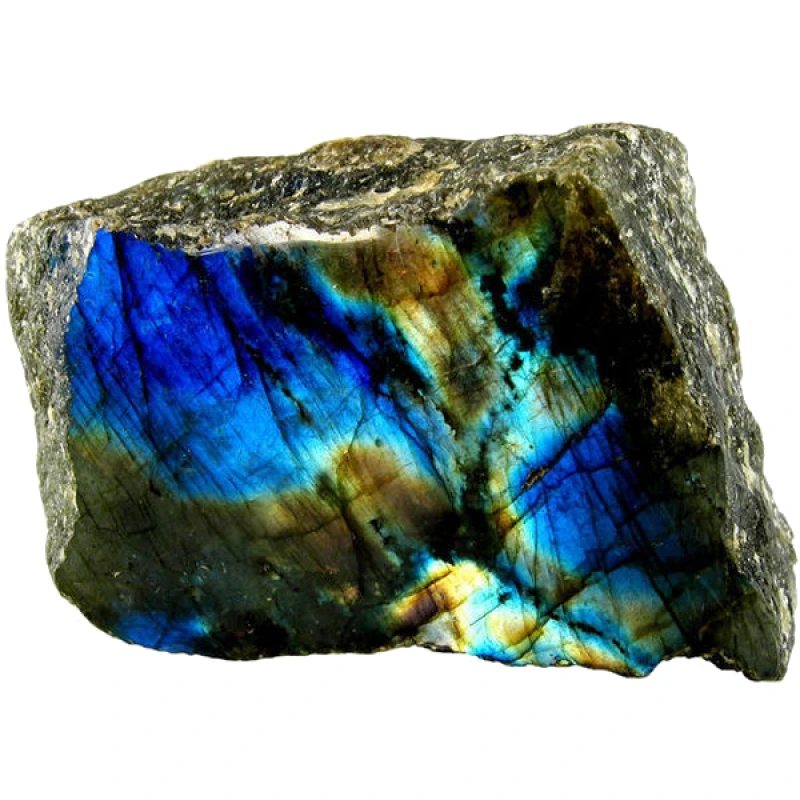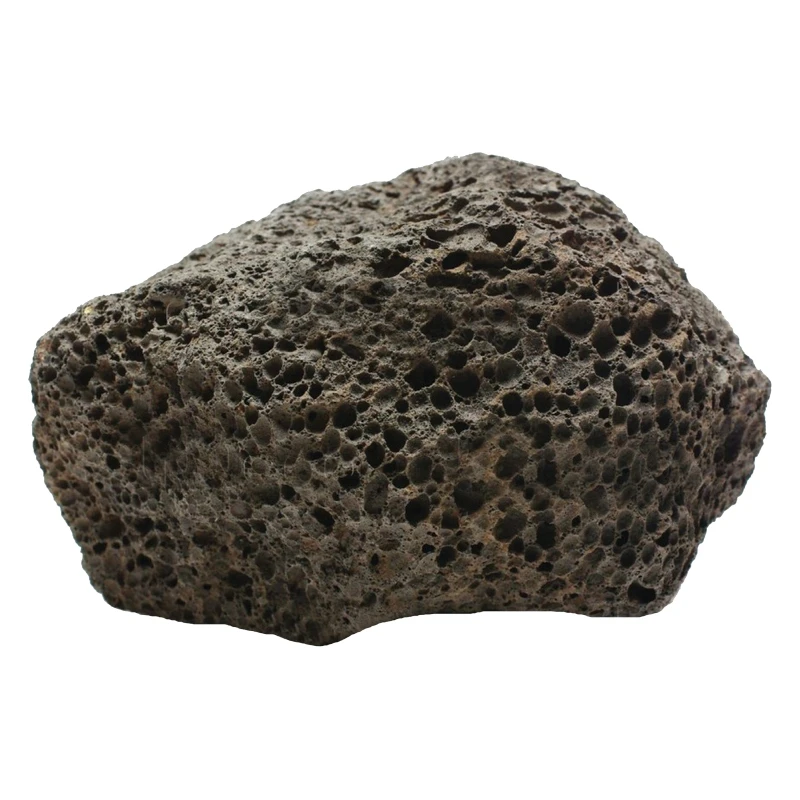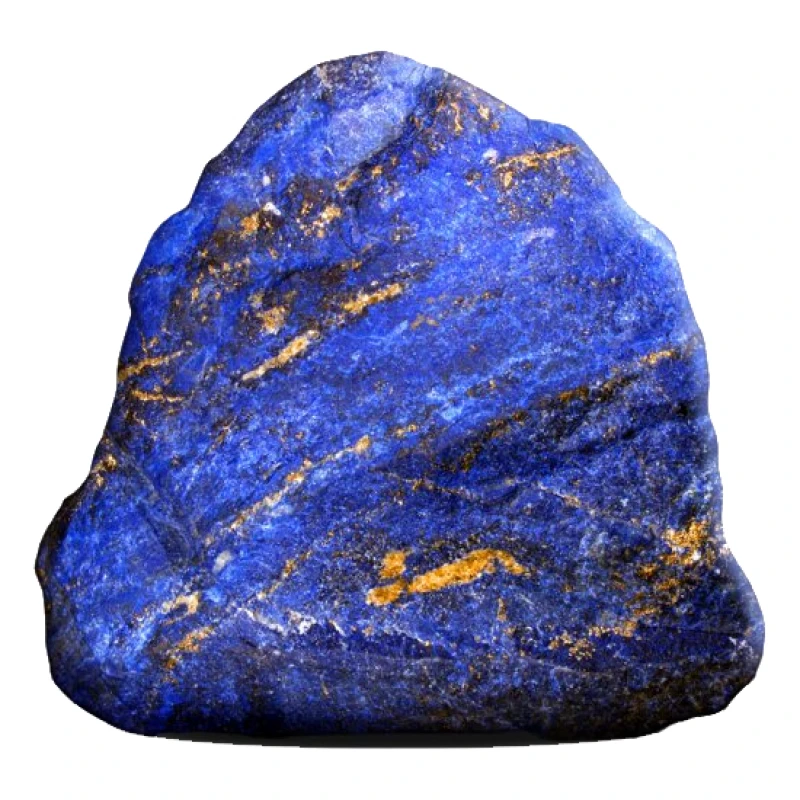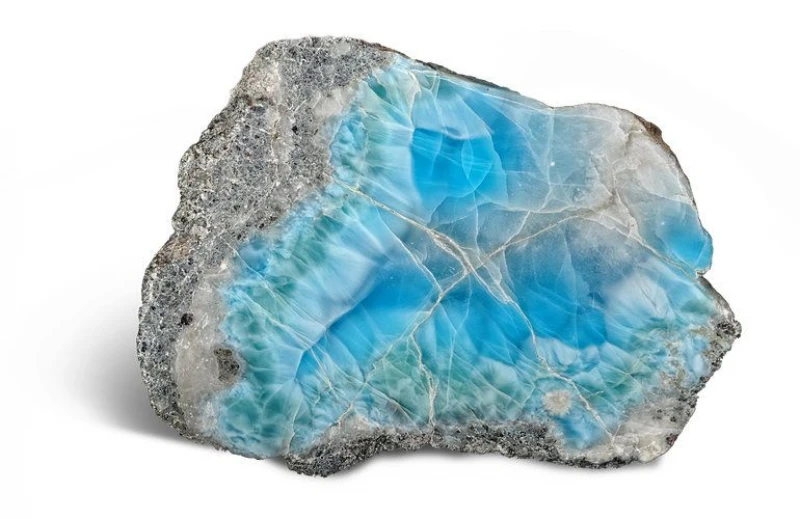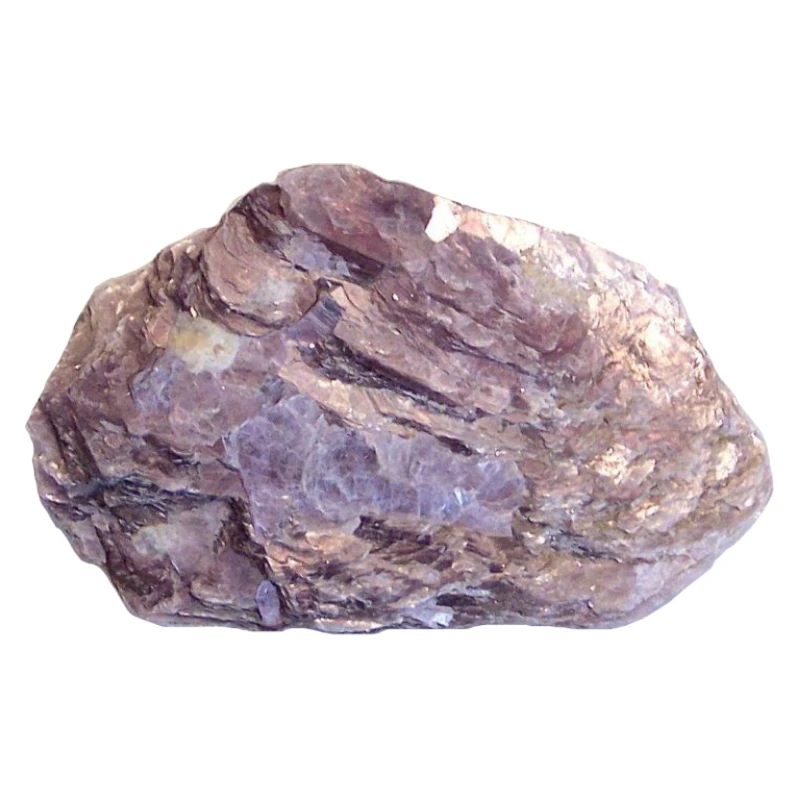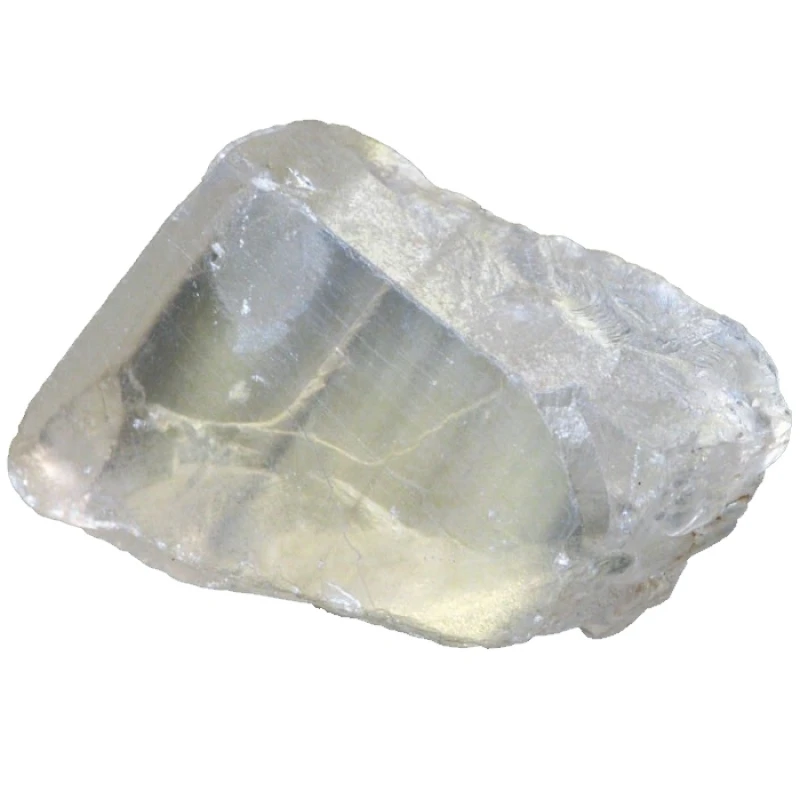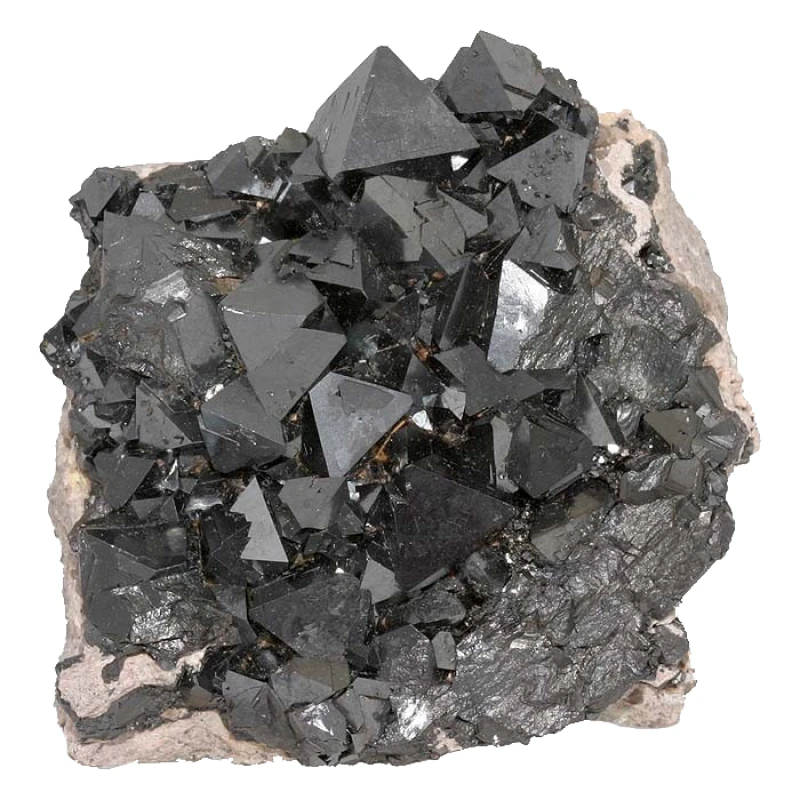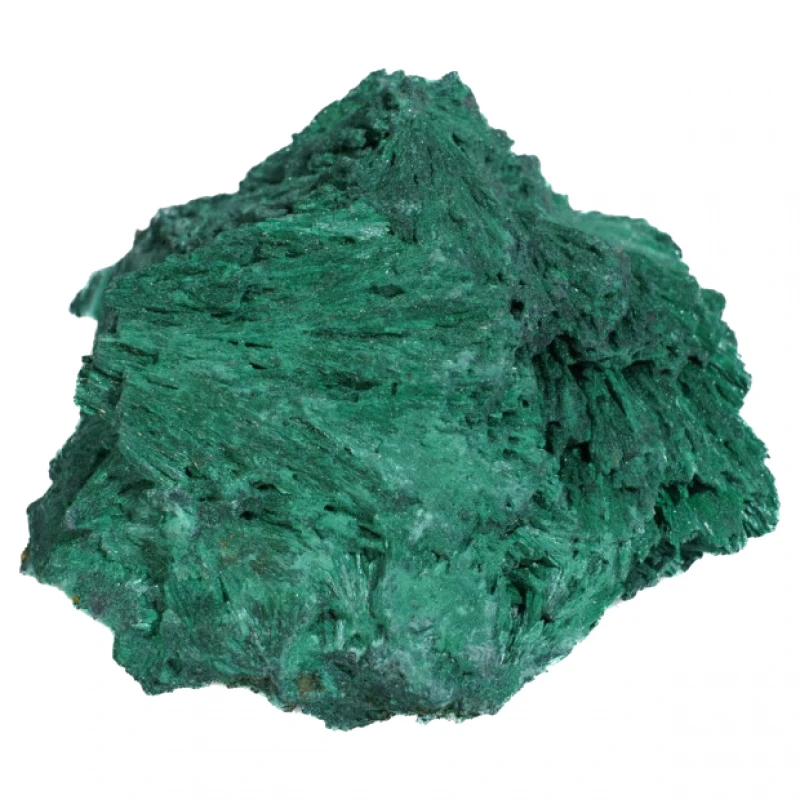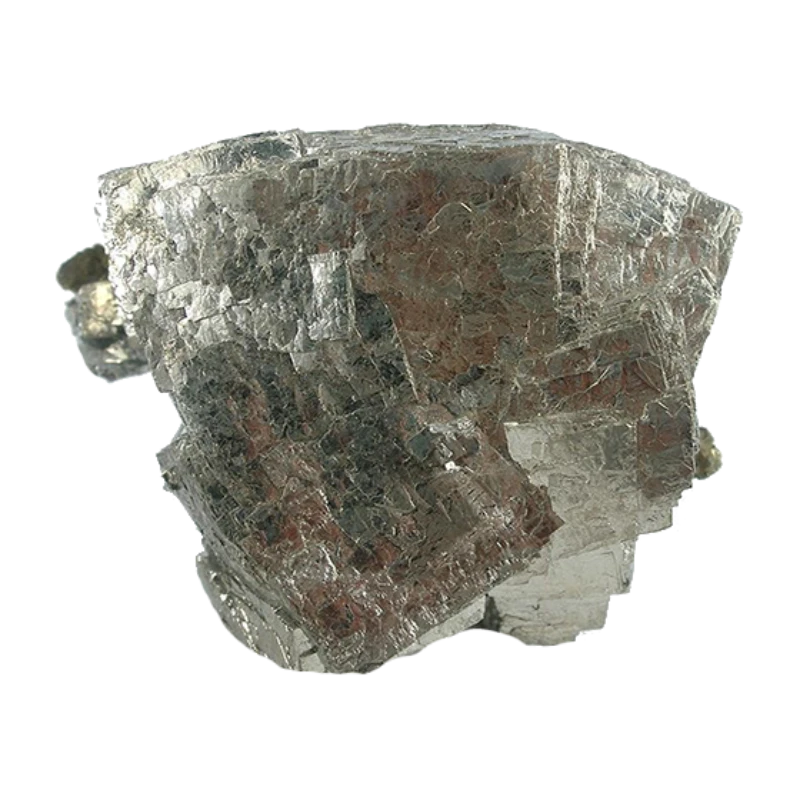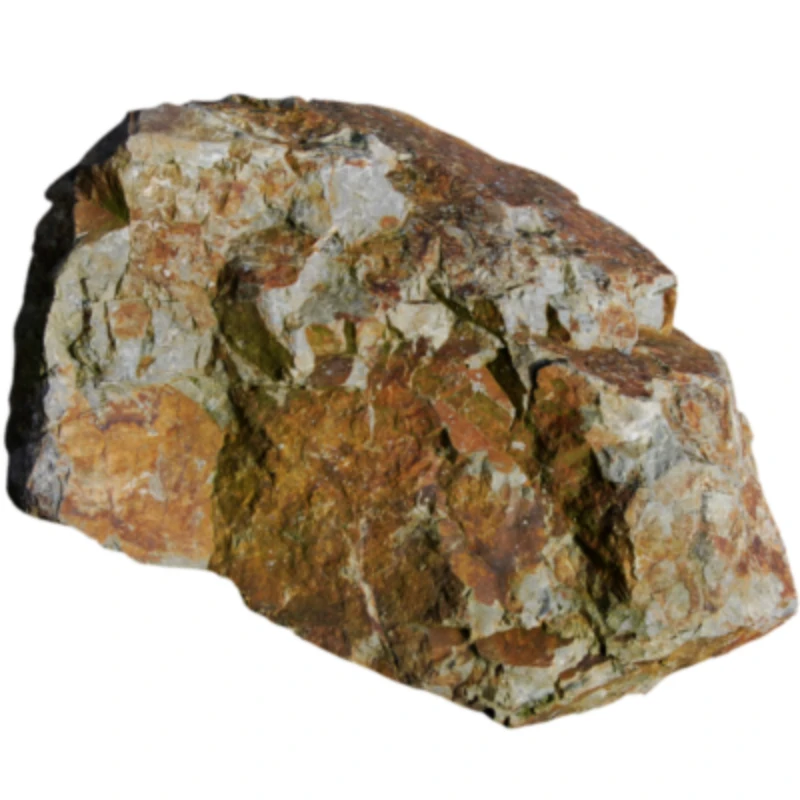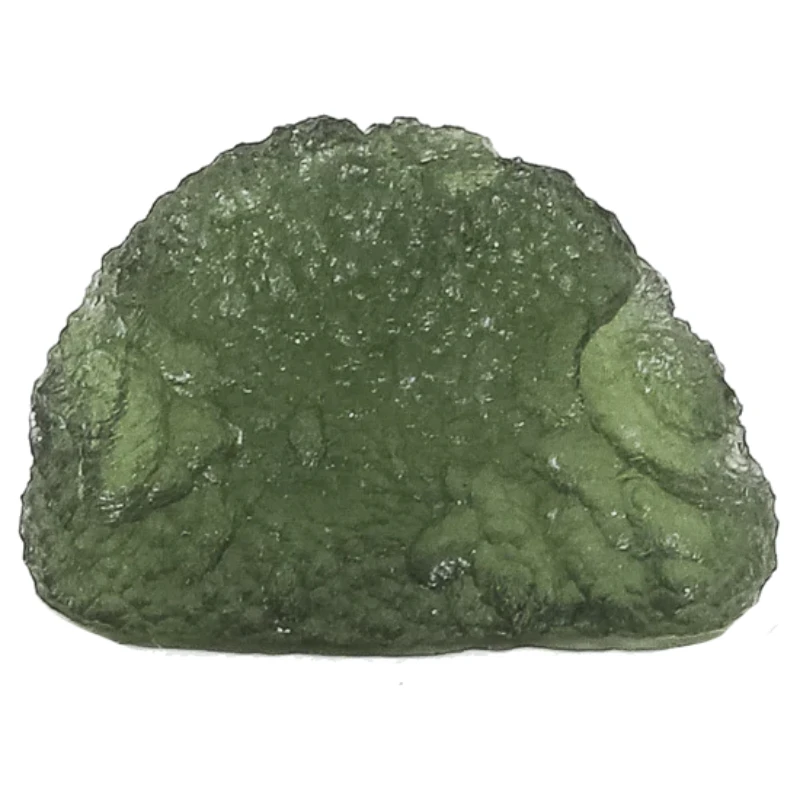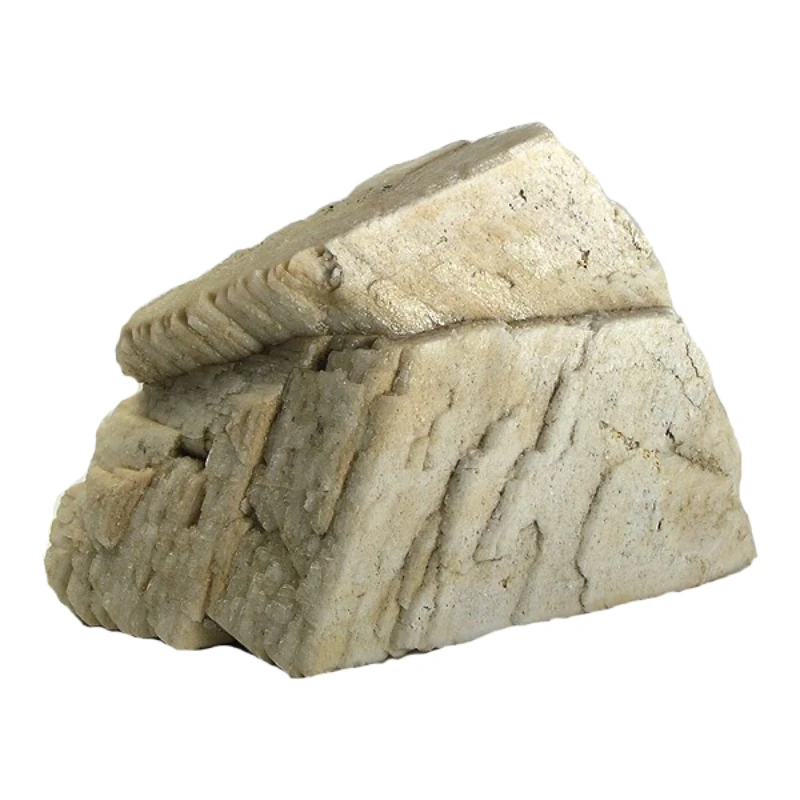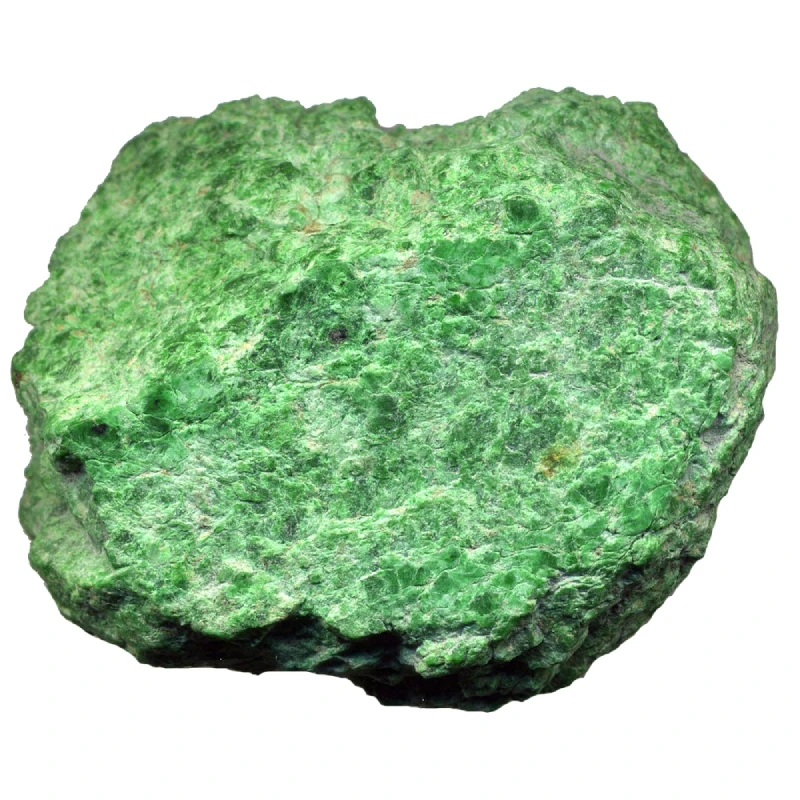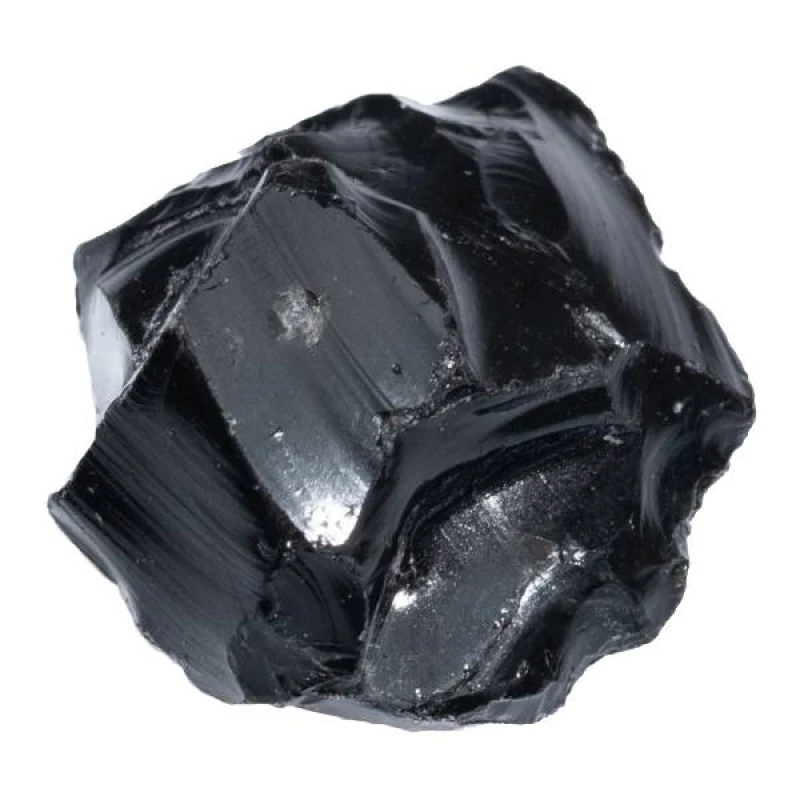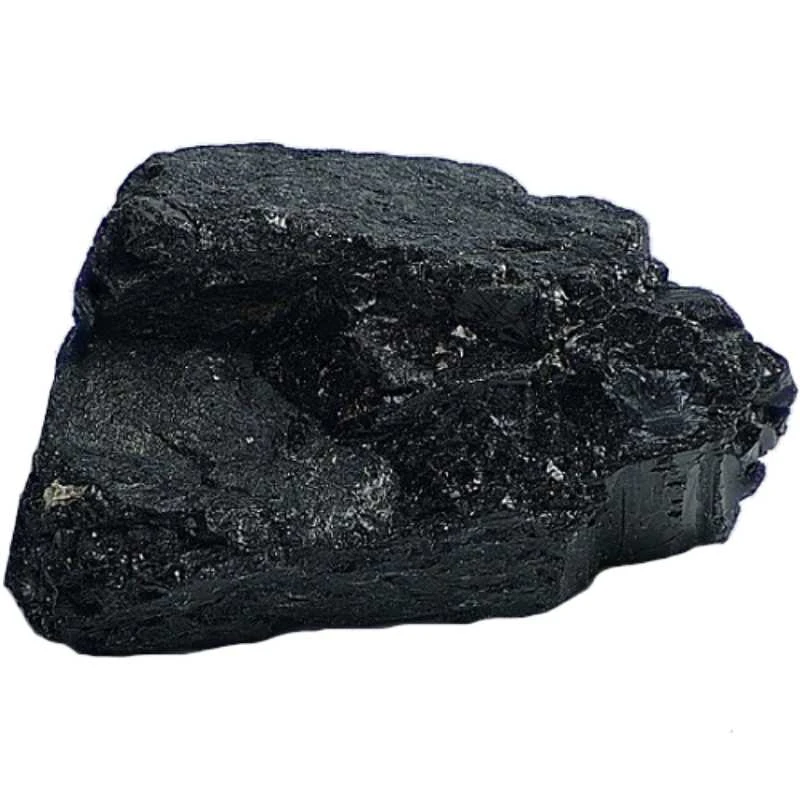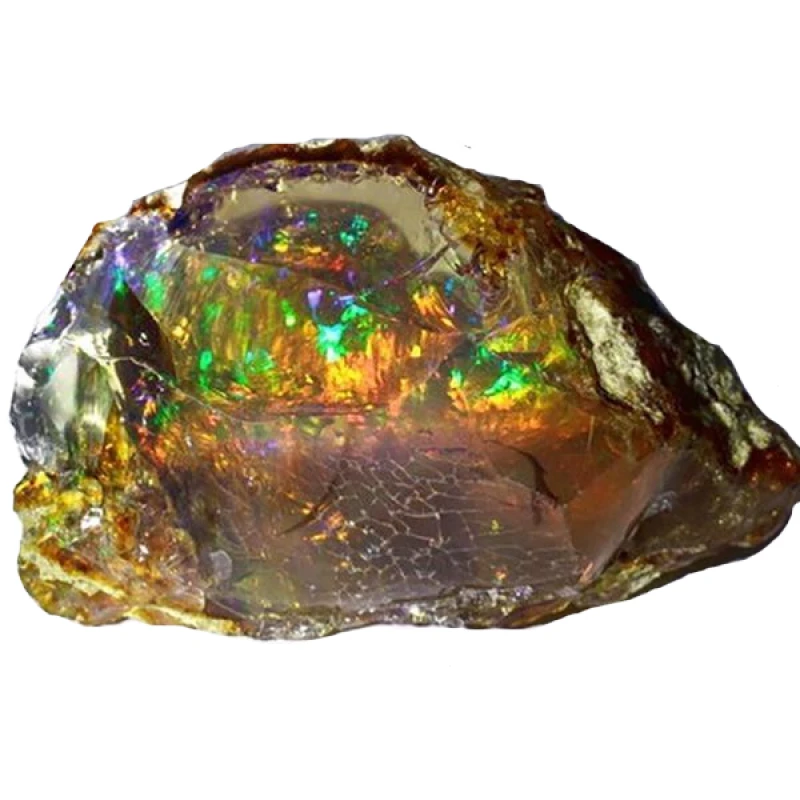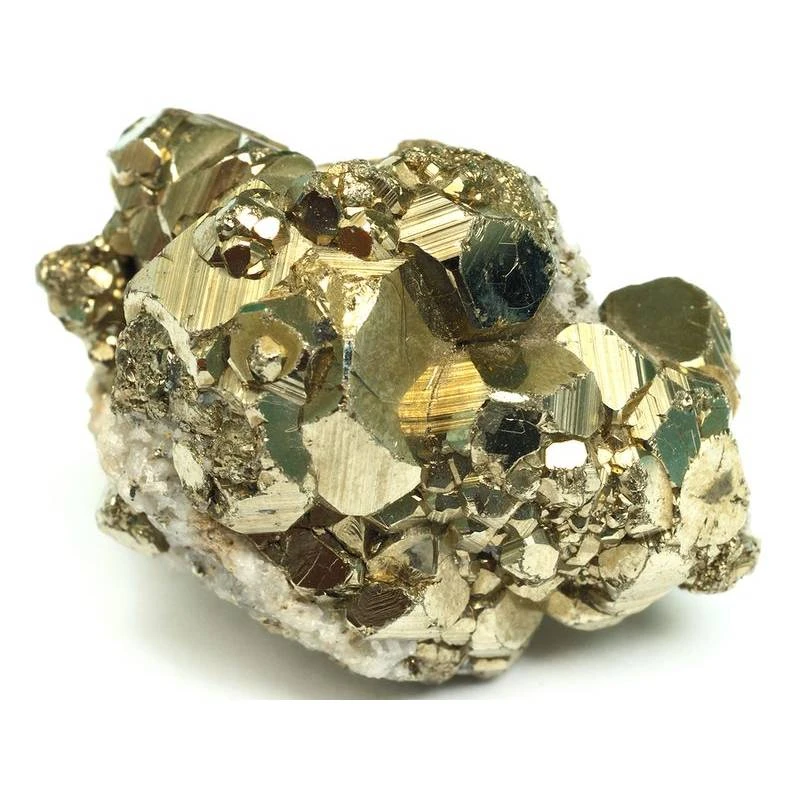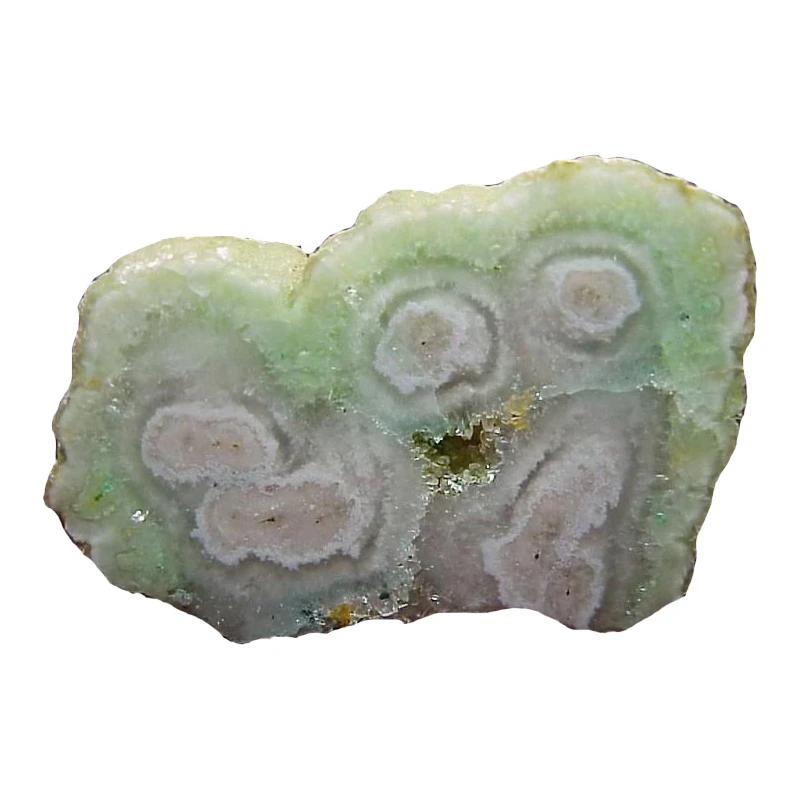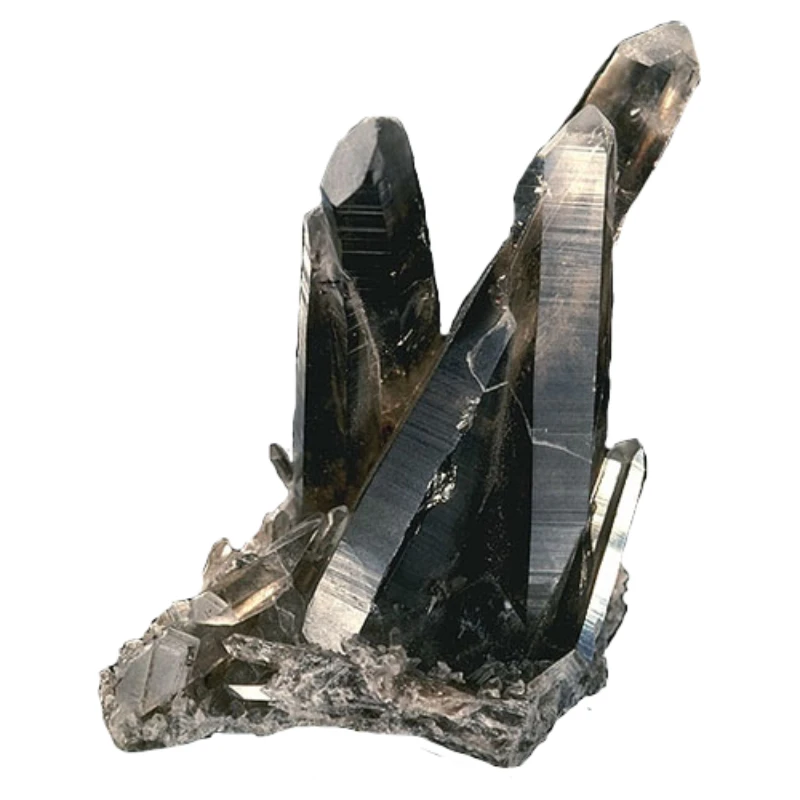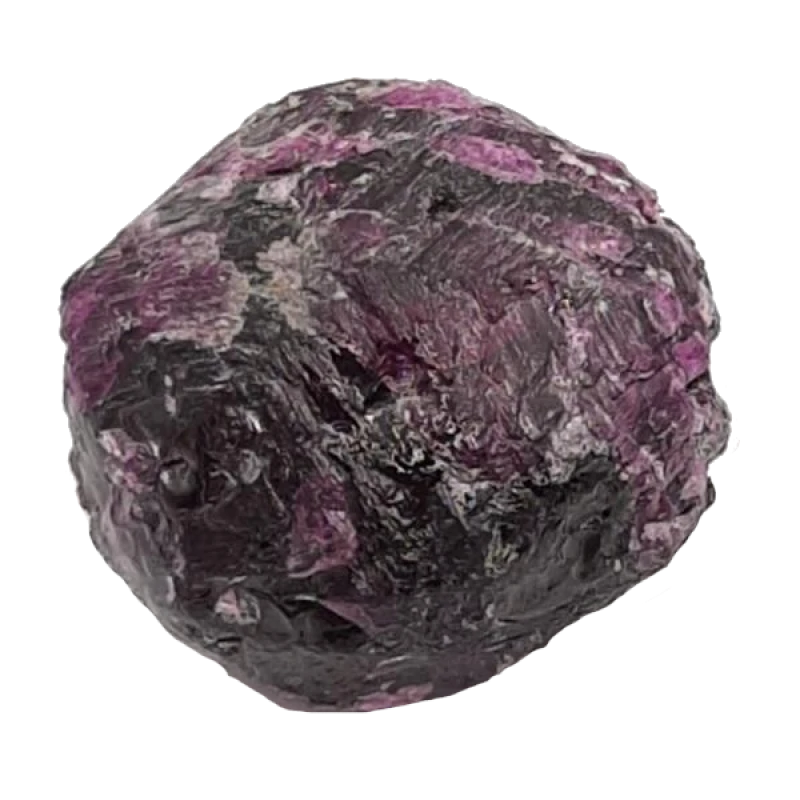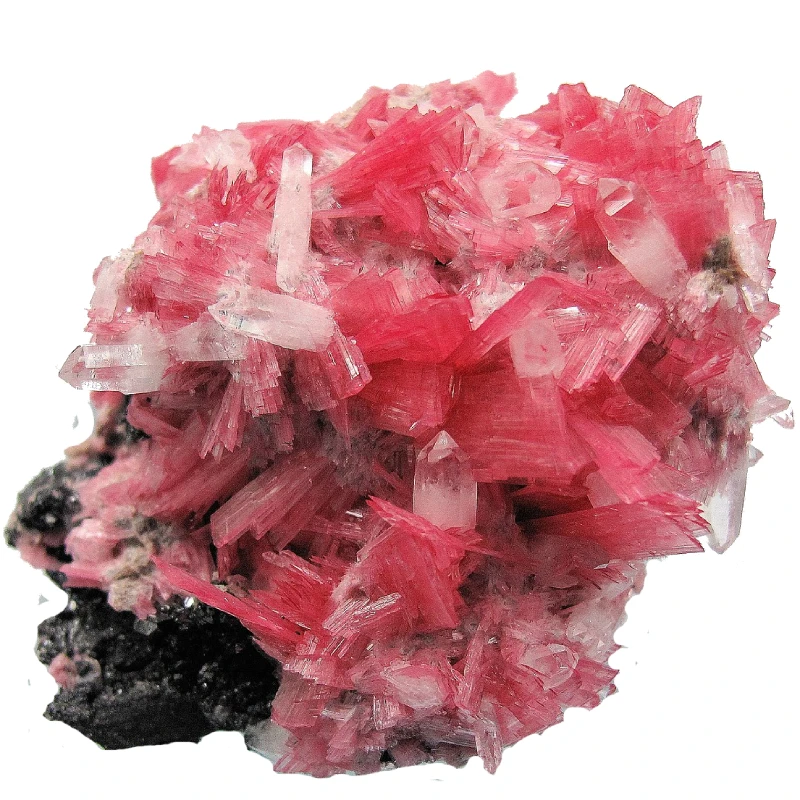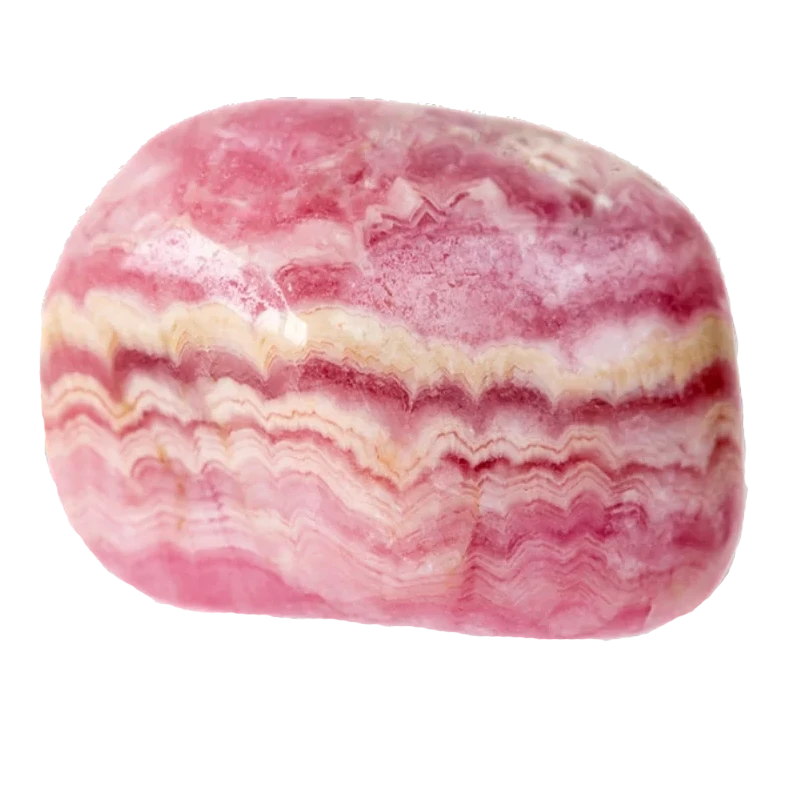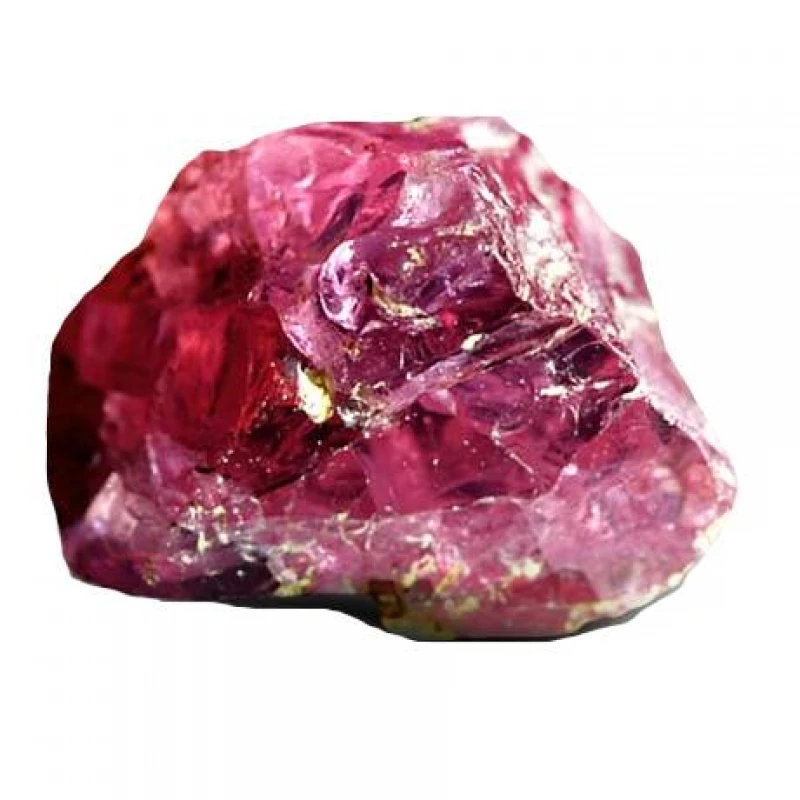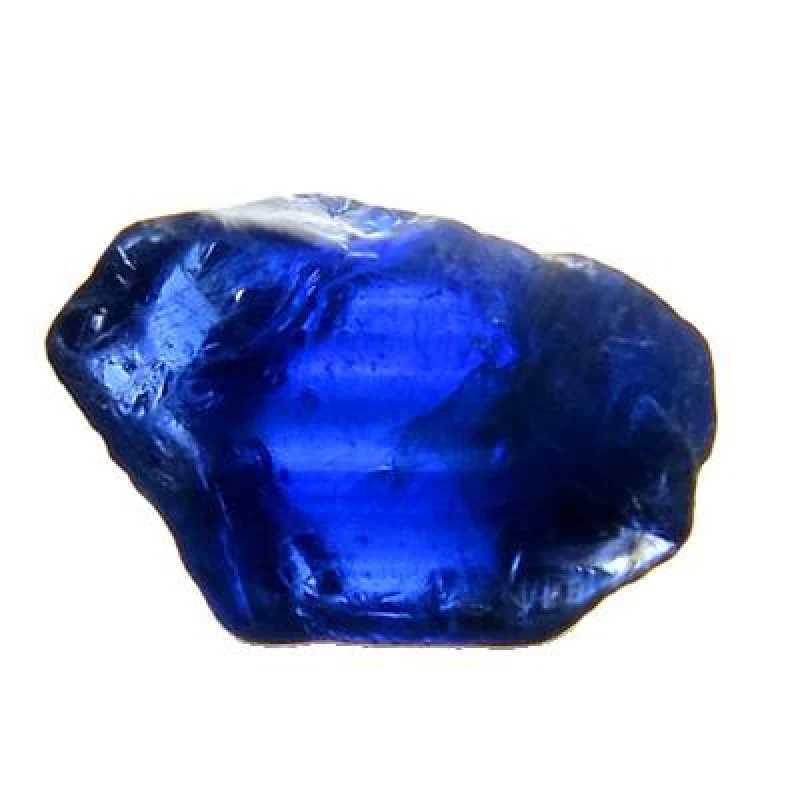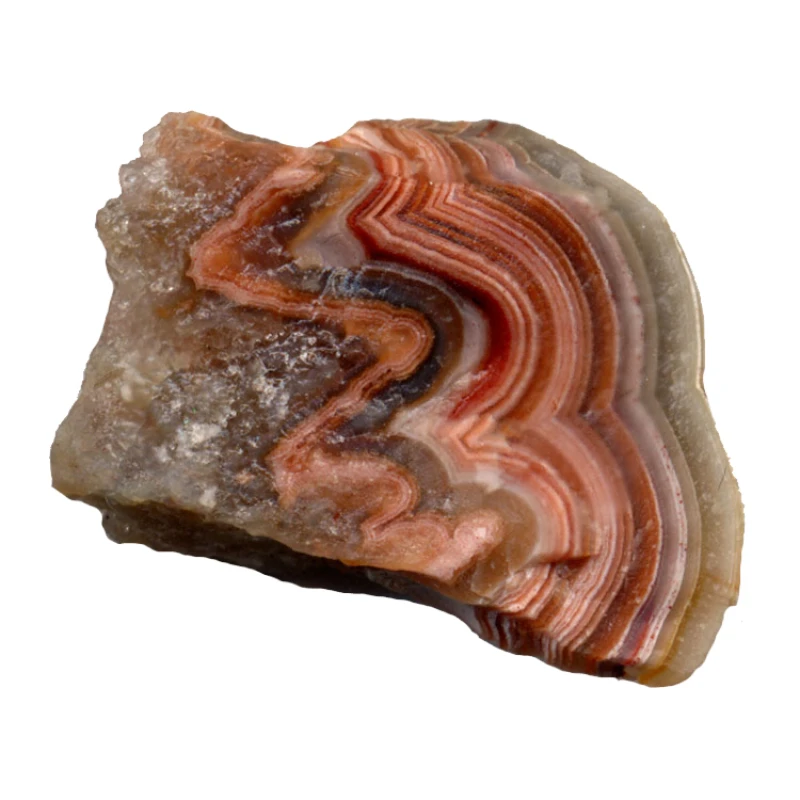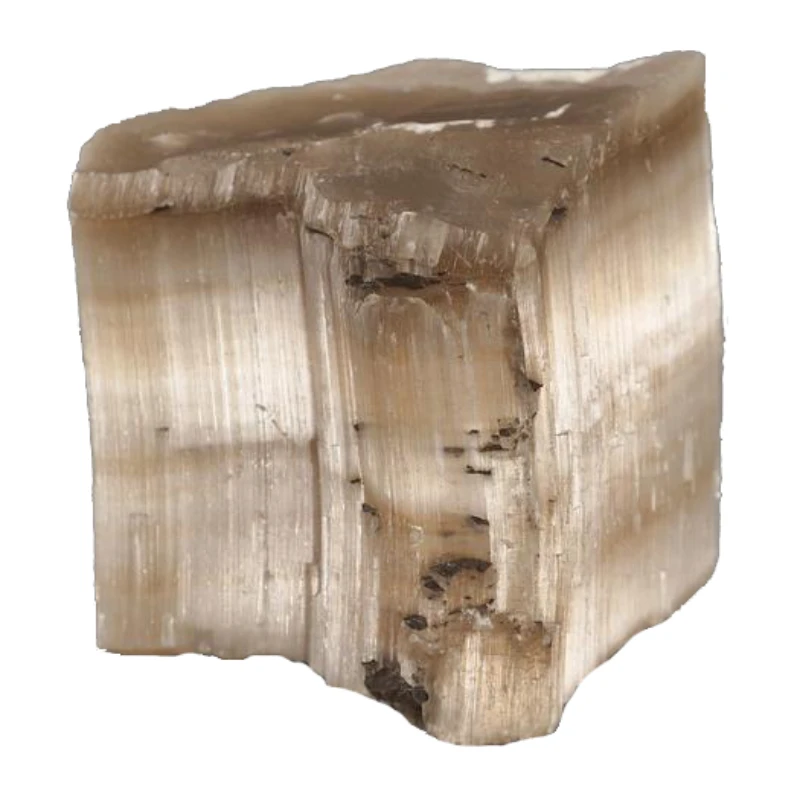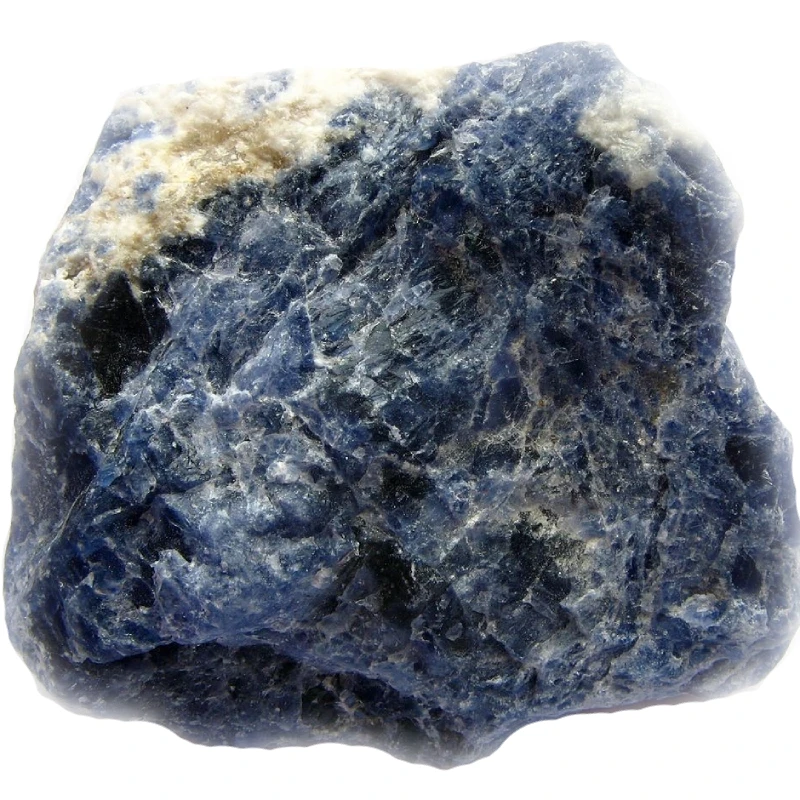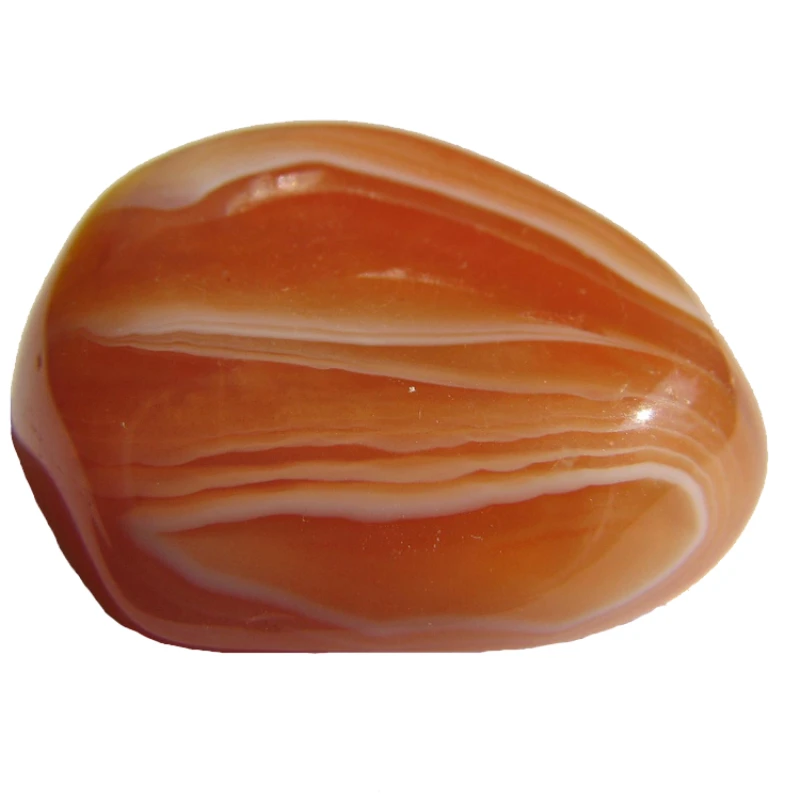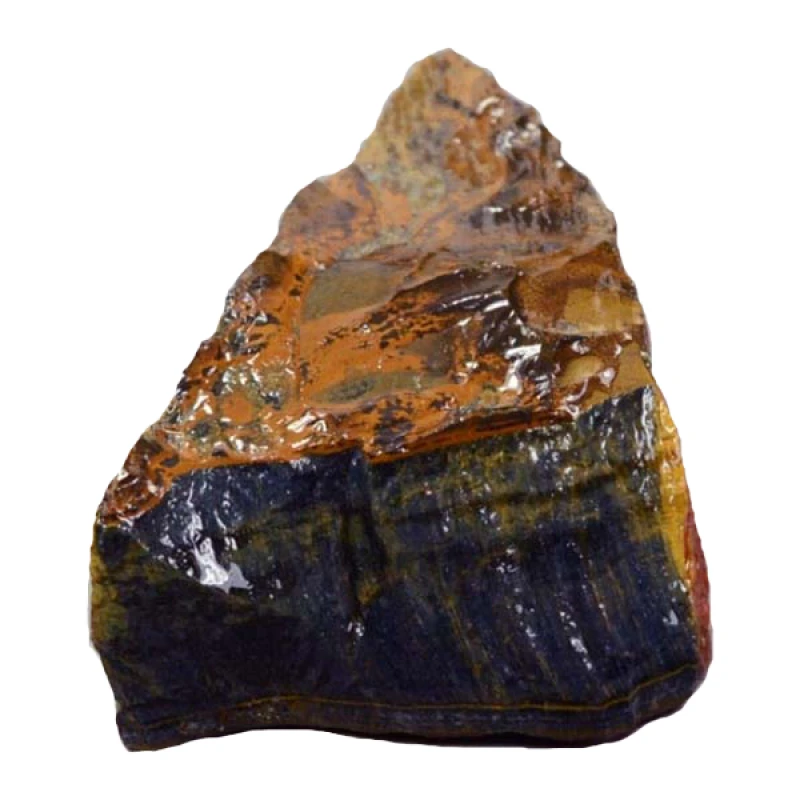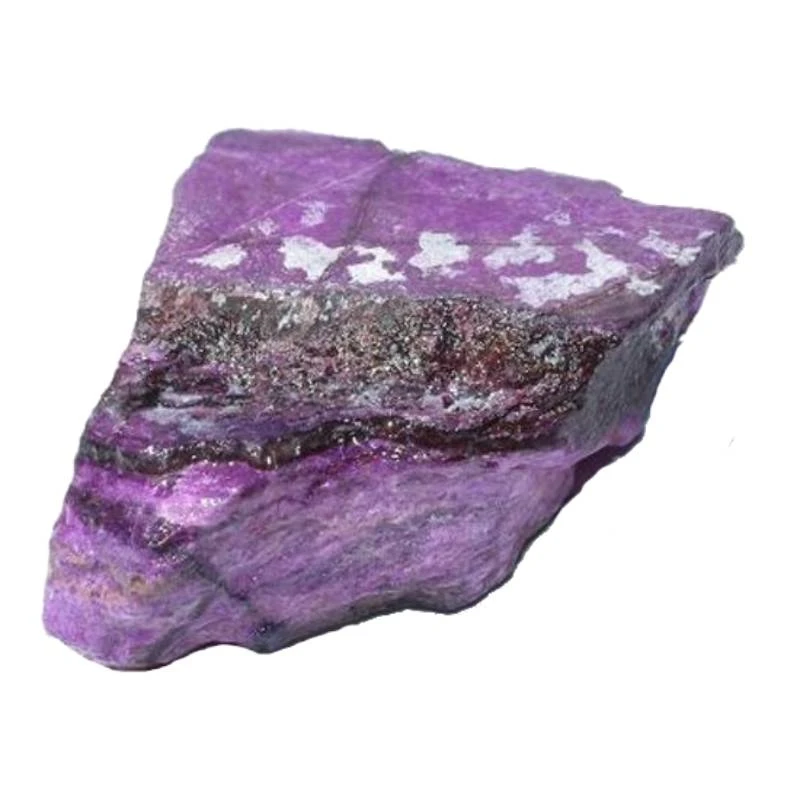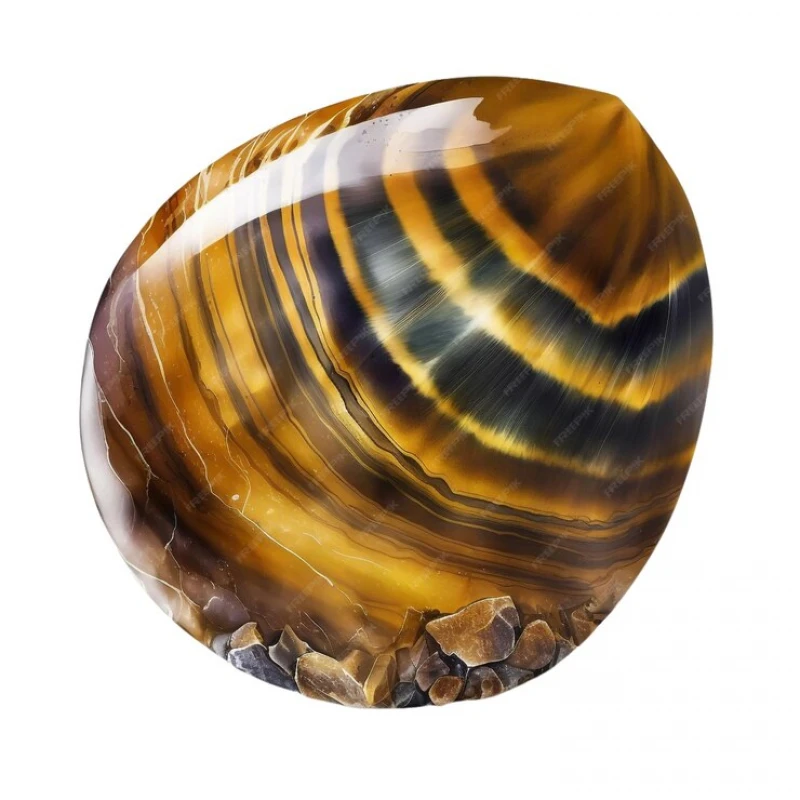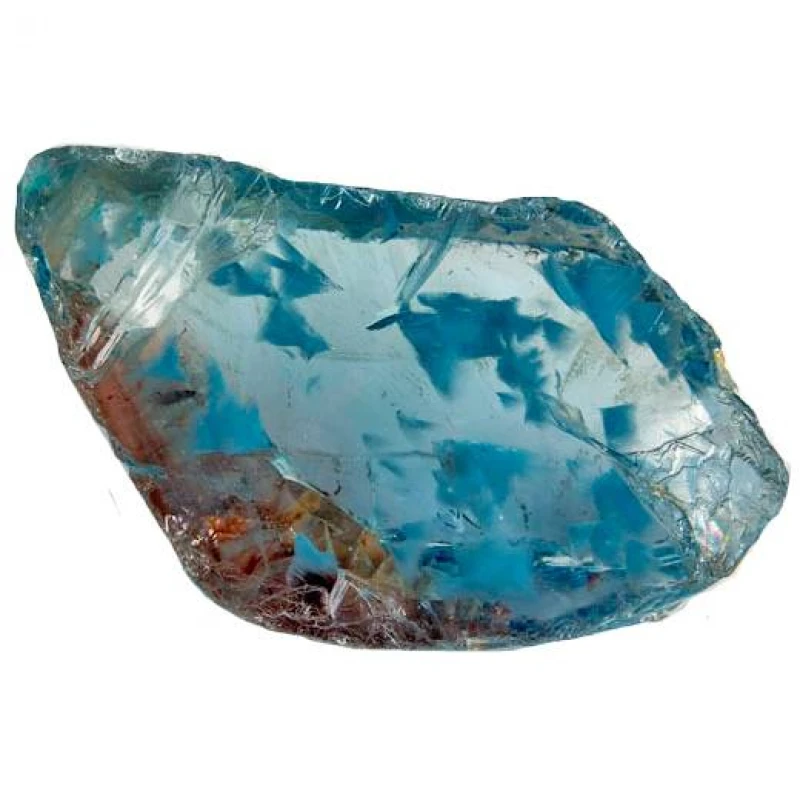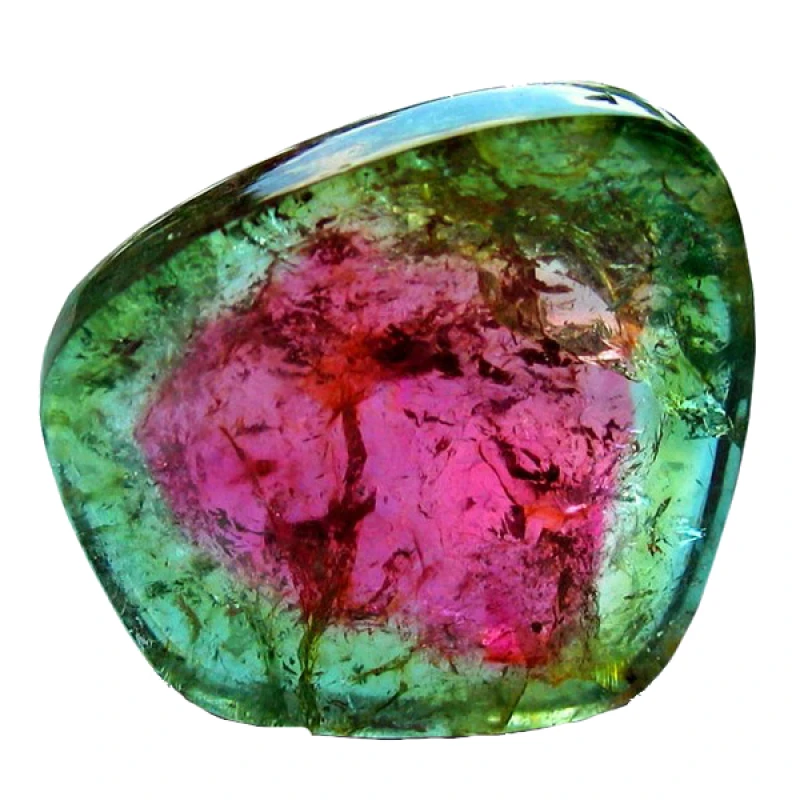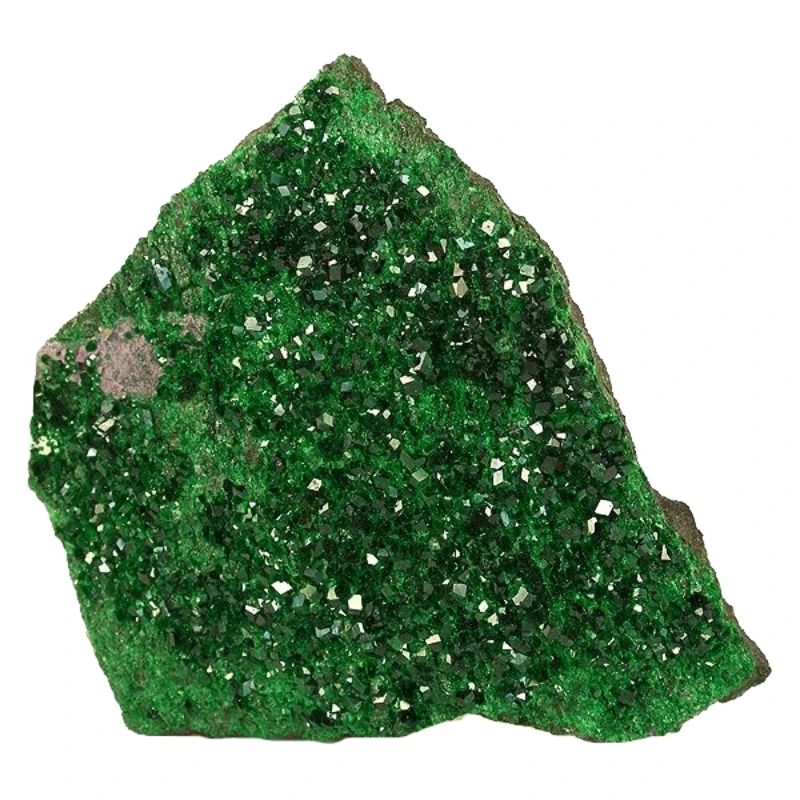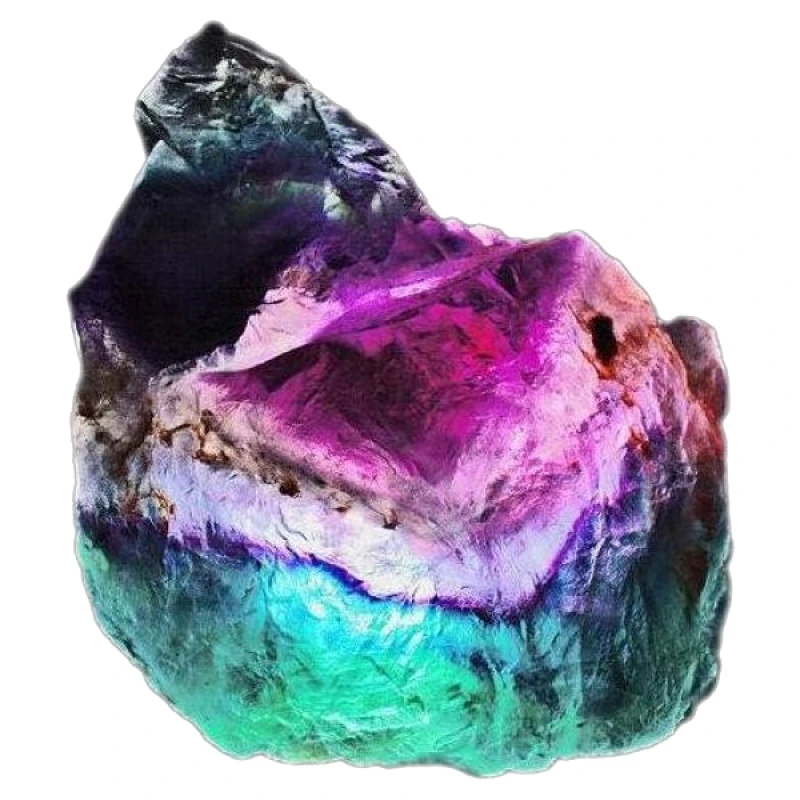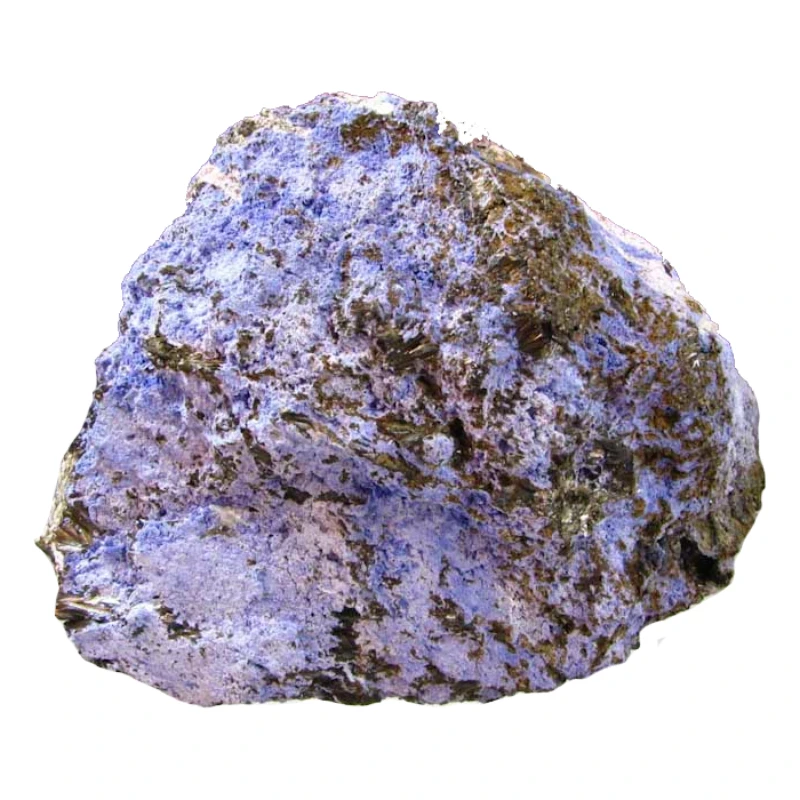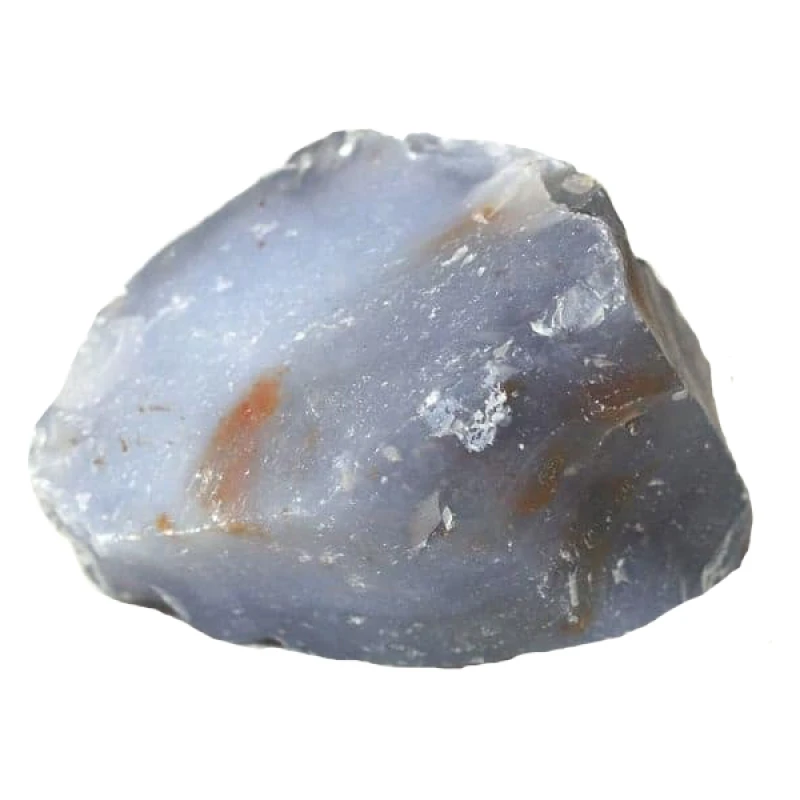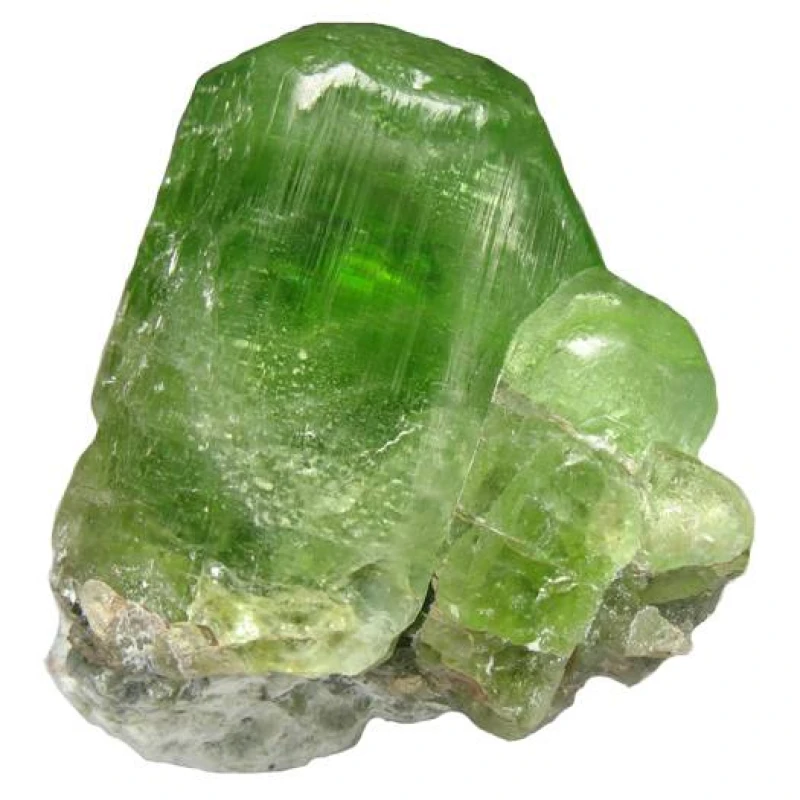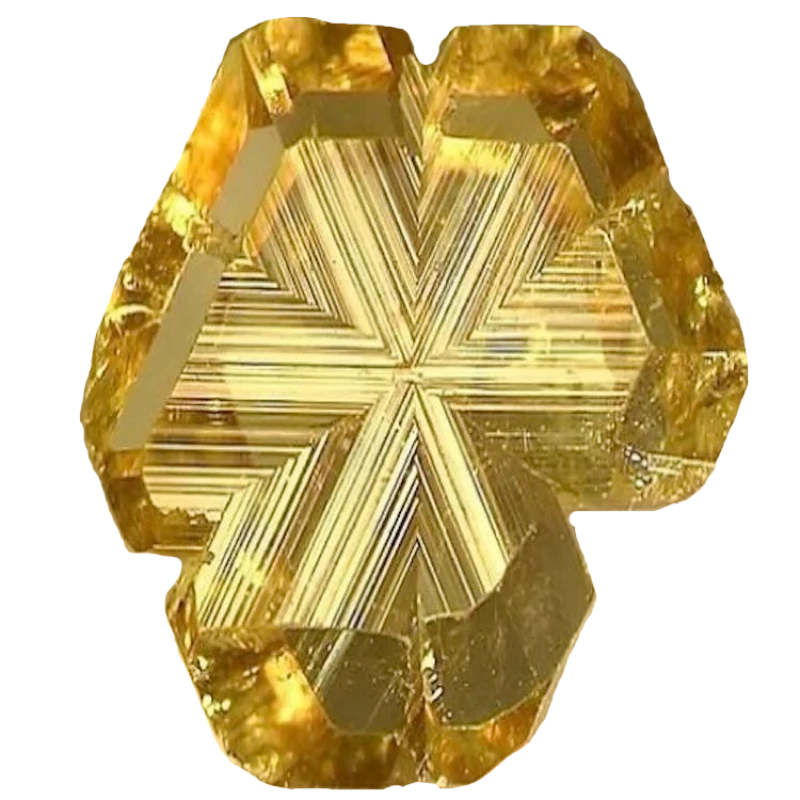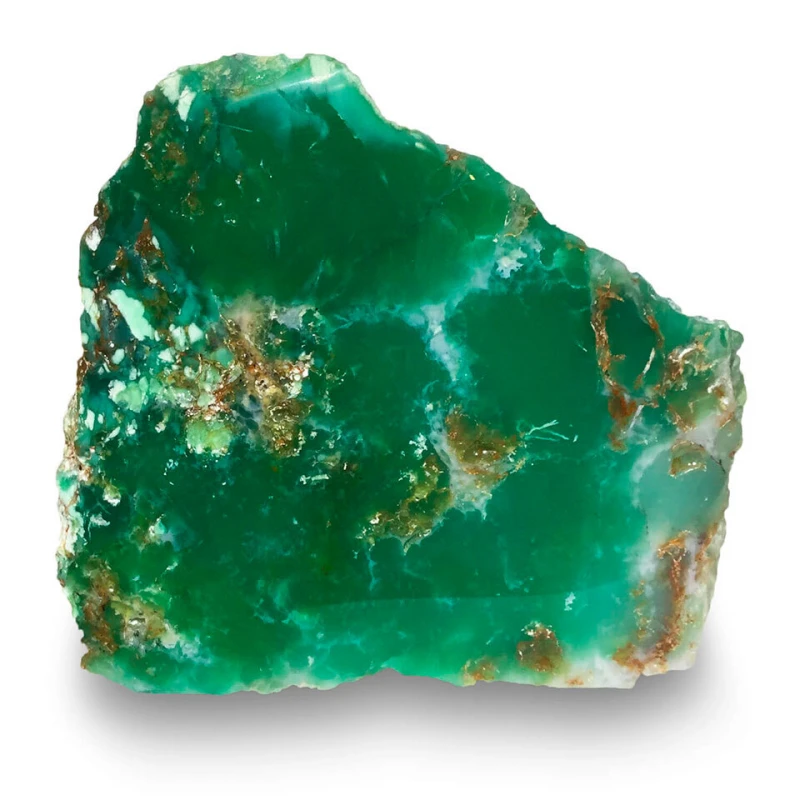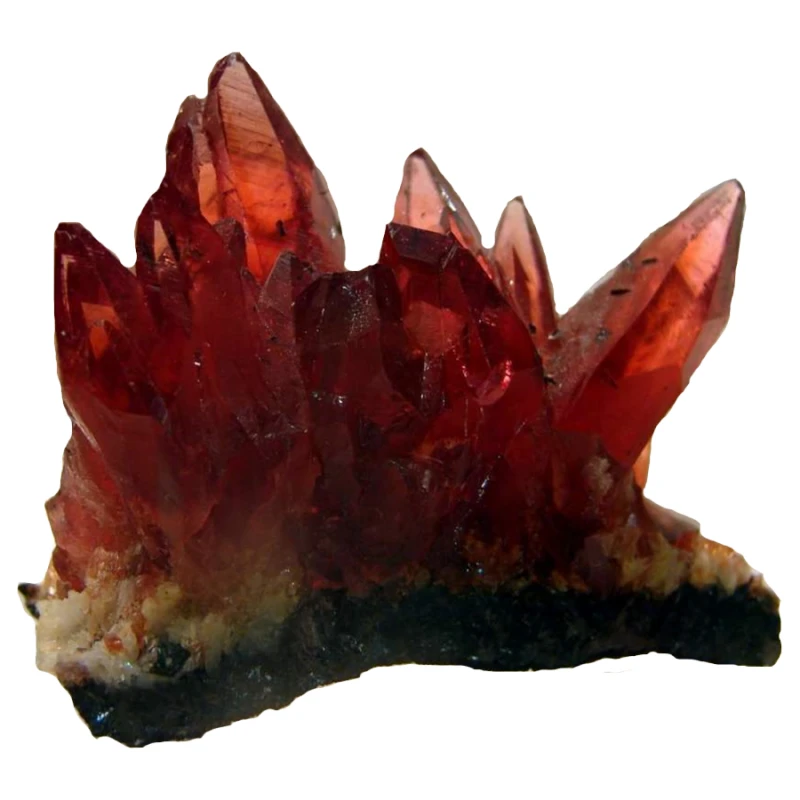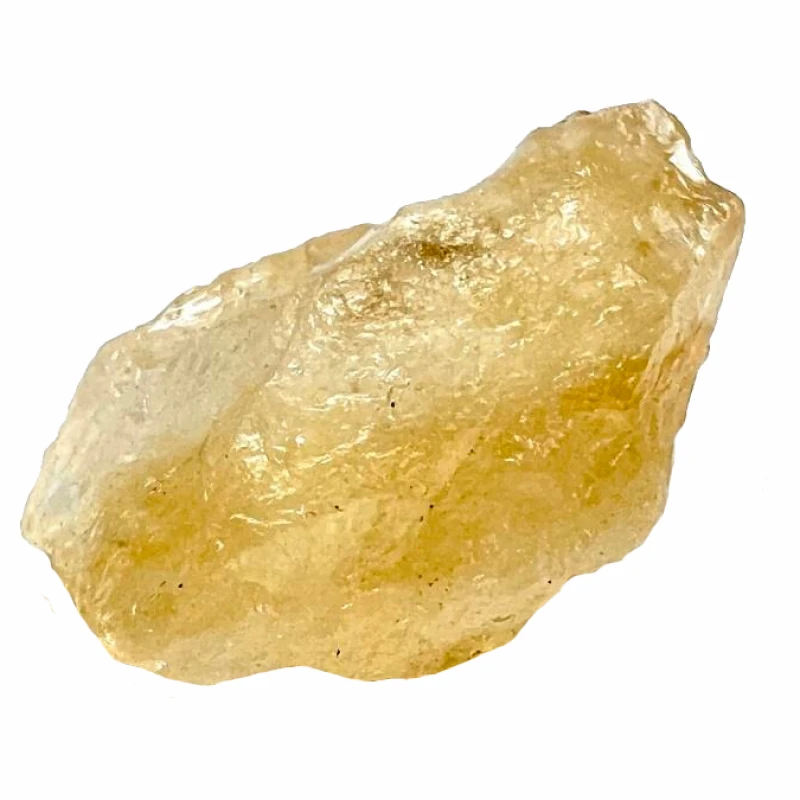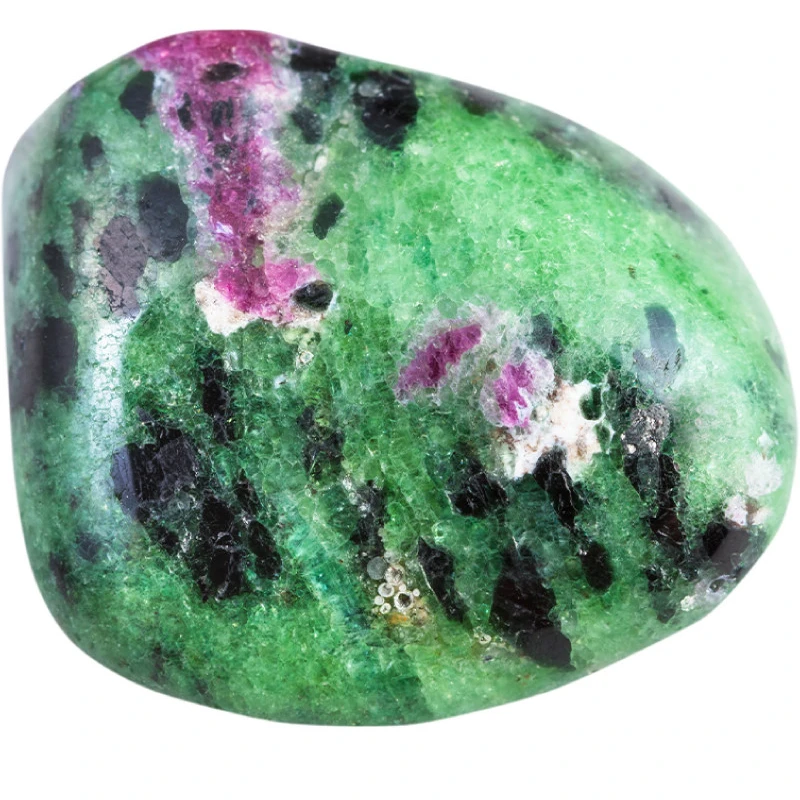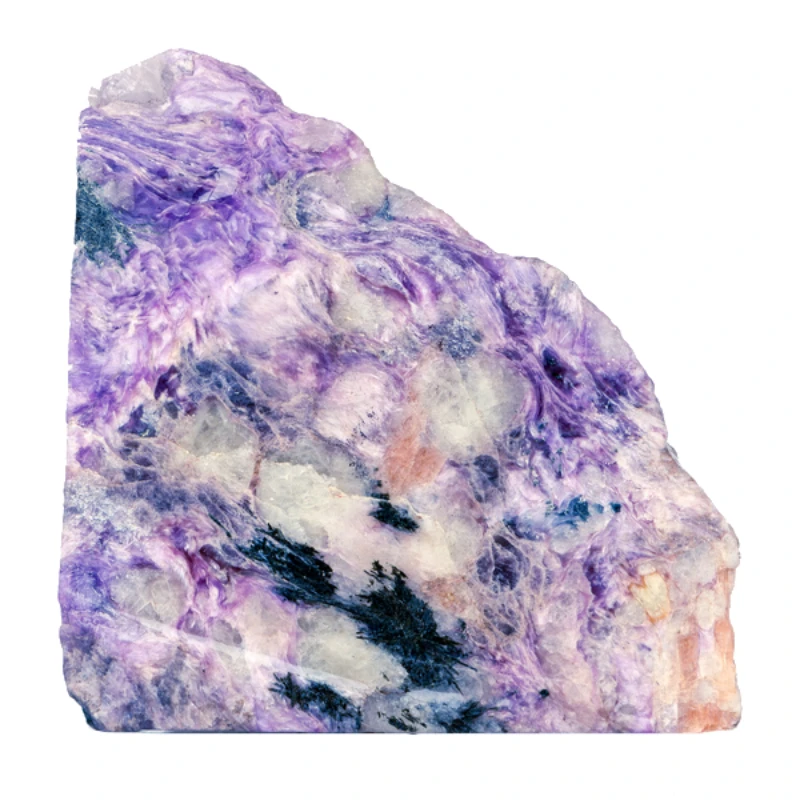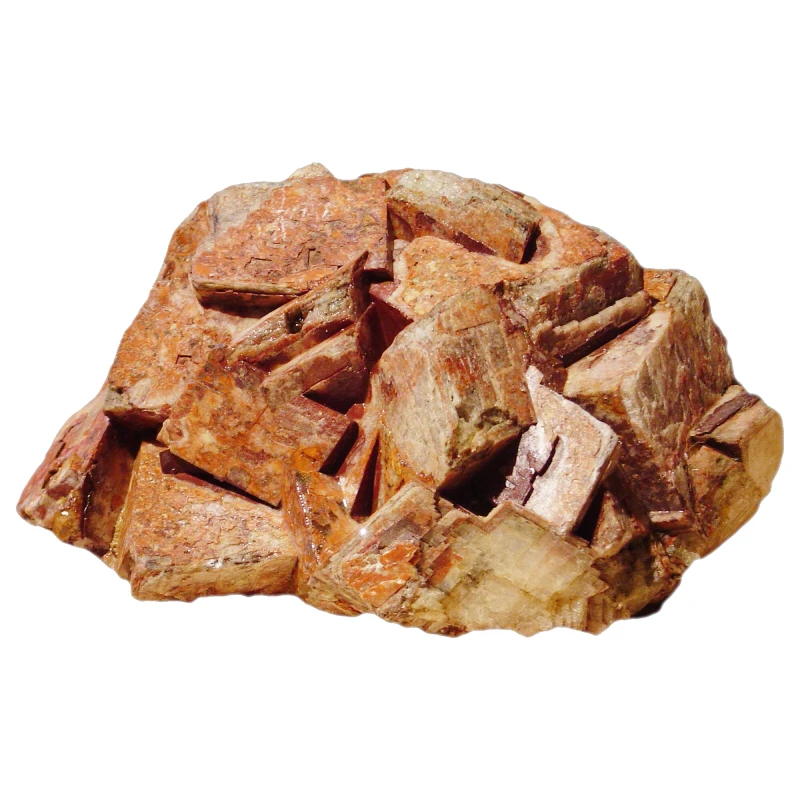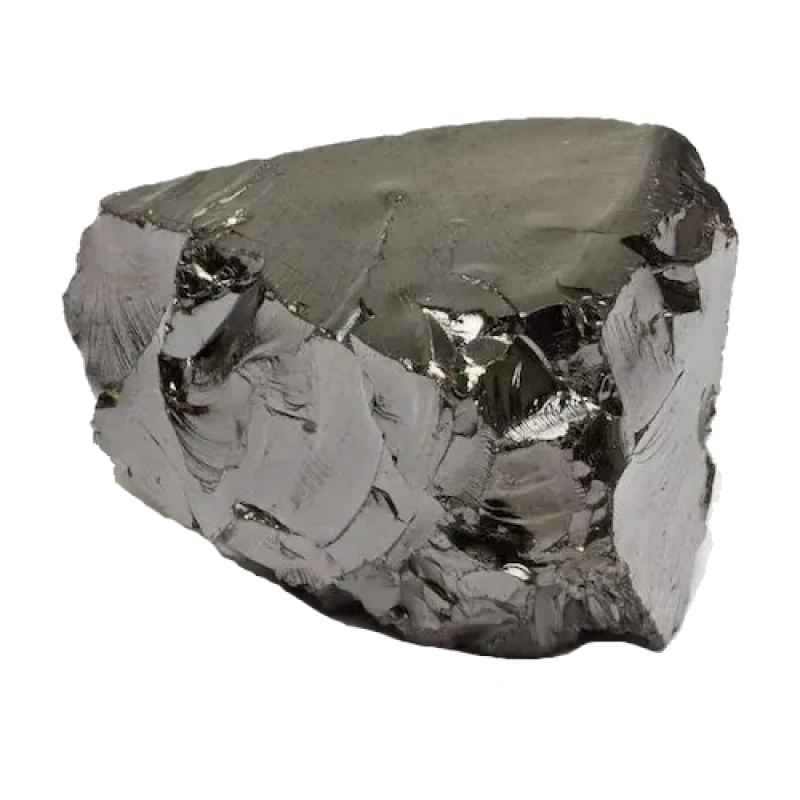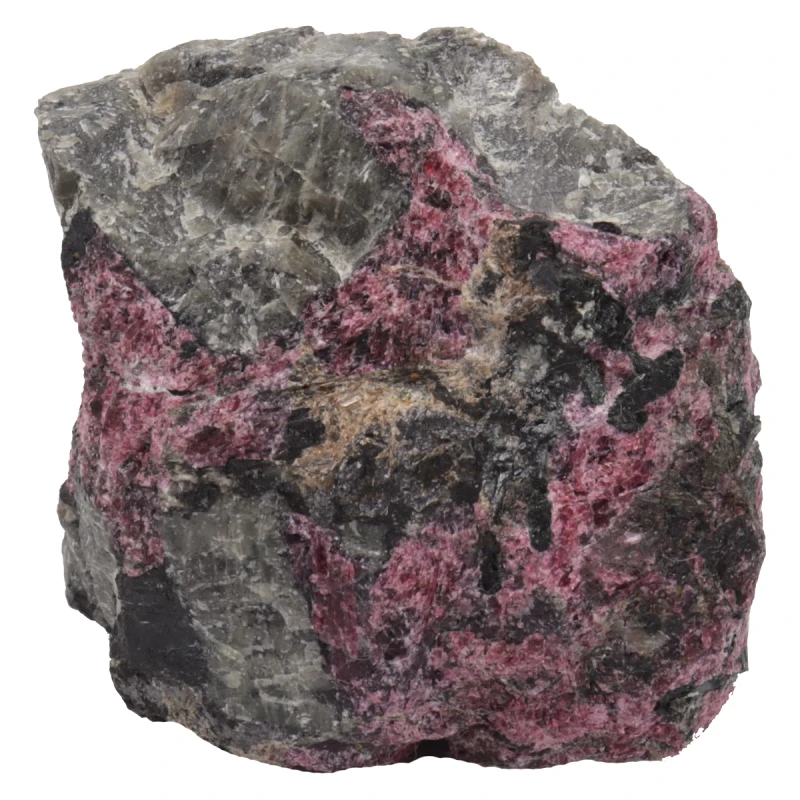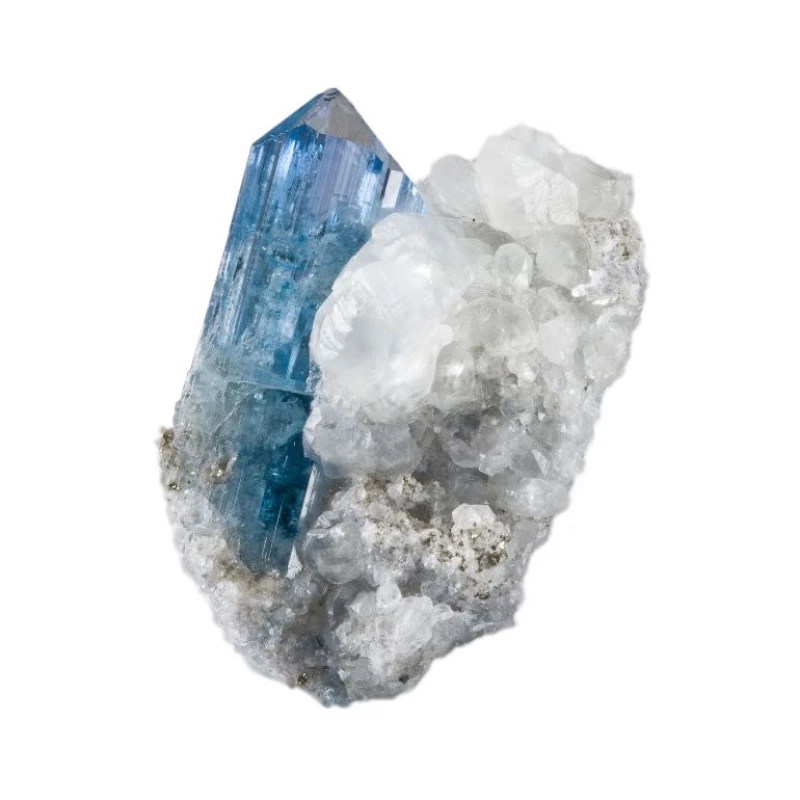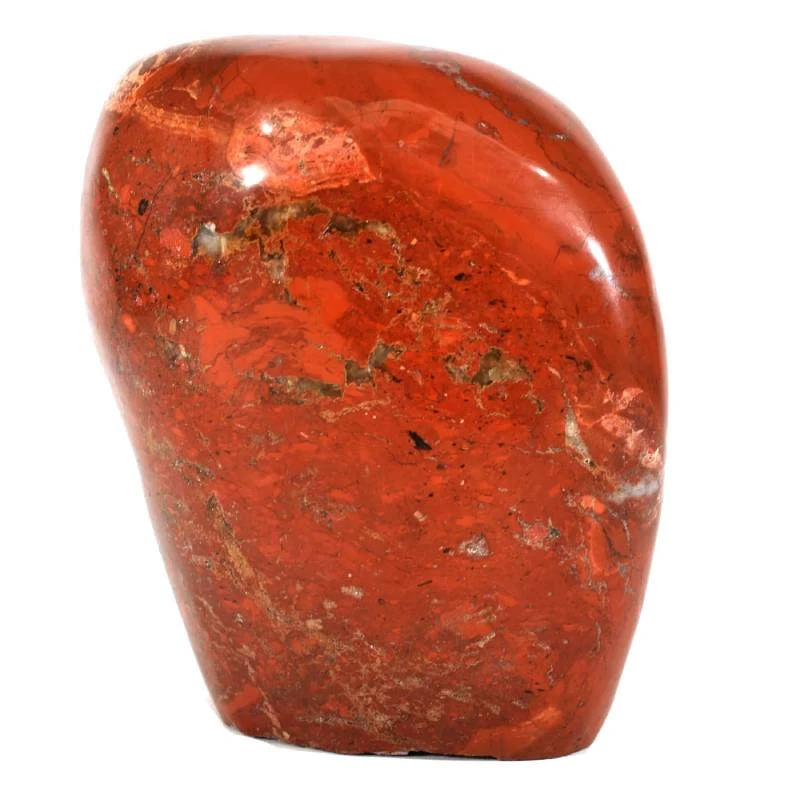Hematite
Stone History
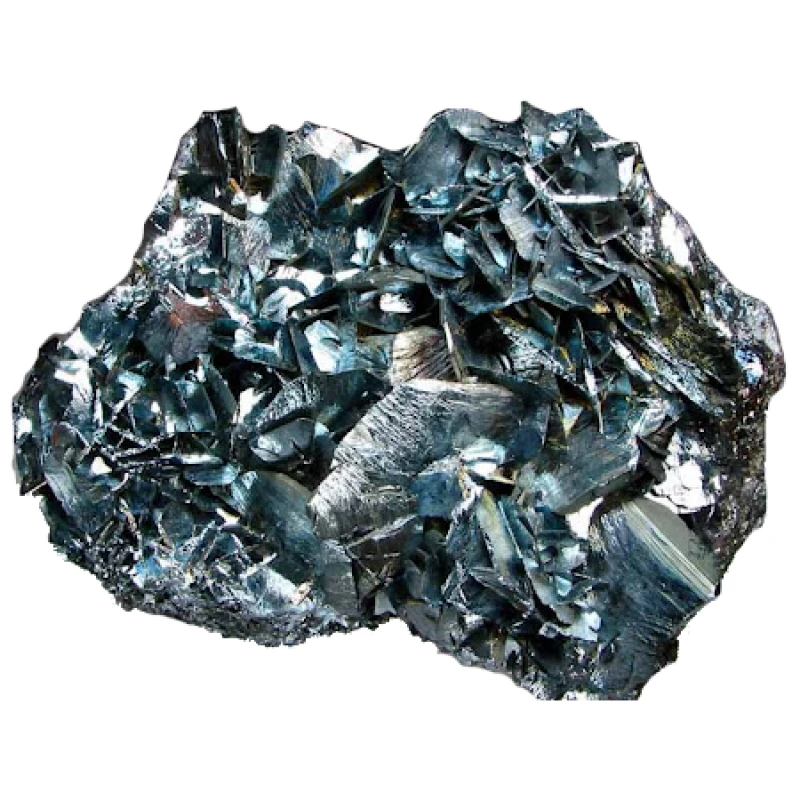
Hematite is a mineral composed of iron oxide (Fe₂O₃) that has been known and used by humans for thousands of years. Its history spans many civilizations and cultures.
-
Ancient Egypt: Hematite was used to make jewelry, amulets, and statues. Egyptians believed it had protective properties and could ward off evil spirits. It was also used in medicine to stop bleeding and treat wounds.
-
Mesopotamia: In Mesopotamia, hematite was used to make seals and amulets. It was considered a symbol of strength and resilience. Babylonians and Assyrians believed hematite could protect against illness and bring good luck.
-
Ancient Rome: Romans valued hematite for its metallic luster and used it to create mirrors. They also believed in its healing abilities, especially to improve circulation and heal wounds. Warriors wore it for courage and protection in battle.
-
Middle Ages: Alchemists referred to hematite as the “bloodstone” due to the red powder it leaves when ground. They believed it possessed magical properties useful in metal transmutation and healing.
Zodiac
Hematite is especially associated with Aries and Scorpio. These signs are believed to particularly benefit from its grounding and protective energies.
-
Aries: Hematite helps Aries maintain focus and energy, enhances concentration, and supports their strength in achieving goals.
-
Scorpio: For Scorpios, hematite promotes inner balance, emotional control, and strengthens intuition.
Element
Hematite is associated with the element Earth, which symbolizes grounding, stability, strength, and reliability. The stone enhances the connection to the earth and supports internal harmony and resilience.
Planet
The planet associated with hematite is Mars. In astrology, Mars represents energy, strength, courage, and determination—qualities reflected in hematite’s empowering and stabilizing properties.
Colors
Hematite typically appears in the following colors:
-
Gray: The most common color, ranging from light to dark gray.
-
Black: Characterized by a deep black color with a metallic shine.
-
Red: Reddish hues, especially in powdered form, give hematite its “bloodstone” nickname.
Color variations depend on chemical composition and formation conditions.
Chakra
Hematite primarily affects the Root Chakra (Muladhara). It helps ground energy, strengthens a sense of safety and stability, and restores balance after stress or emotional turmoil.
Magical Properties
-
Grounding and Protection: Hematite is a powerful grounding stone that protects against negative energy and psychic attacks.
-
Strength and Endurance: Enhances physical strength and resilience, supporting perseverance.
-
Conflict Resolution: Helps improve communication and resolve conflicts peacefully.
-
Unleashing Potential: Encourages personal growth and the realization of inner strength.
-
Stress Relief: Soothes tension, calms nerves, and promotes emotional peace.
-
Goal Support: Reinforces ambition, boosts self-confidence, and assists in achieving goals.
These attributes make hematite a valuable tool in magical practices for energy strengthening and life balance.
Healing Properties
-
Improves Circulation: Enhances blood flow and supports cardiovascular health, helping to reduce blood pressure.
-
Stops Bleeding: Traditionally used to stop bleeding due to its iron-rich composition.
-
Treats Anemia: May help raise hemoglobin levels and assist with iron deficiency.
-
Strengthens Immunity: Boosts the immune system and increases resistance to infection.
-
Pain Relief: Helps relieve pain and inflammation, especially in muscles and joints.
-
Energy Boost: Increases vitality, combats fatigue, and aids in physical recovery.
These healing qualities make hematite beneficial for physical health and overall well-being.
Mining Locations
Hematite is mined in various parts of the world. Major deposits include:
-
Brazil: A leading producer, especially in Minas Gerais and Espírito Santo.
-
Australia: Found in Western Australia, New South Wales, and South Australia.
-
China: Mined in Hebei, Shanxi, and Hubei provinces.
-
South Africa: Extracted in Limpopo and other regions.
-
Canada: Found in Ontario and Labrador, especially around Martin Lake.
-
USA: Mined in Minnesota, Michigan, and Idaho.
These global sources supply hematite for use in industry, jewelry, and healing practices.
Other articles in this section
